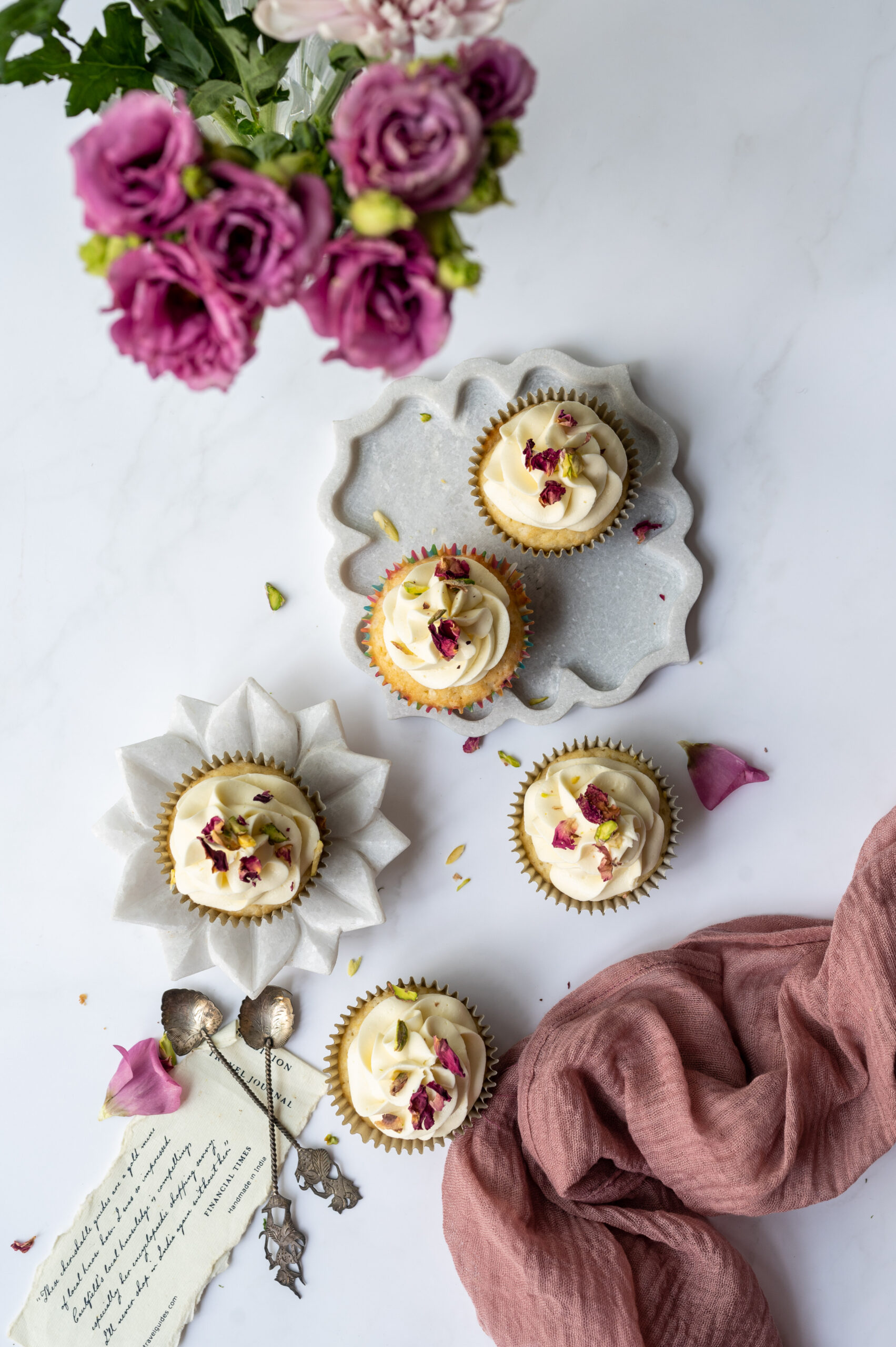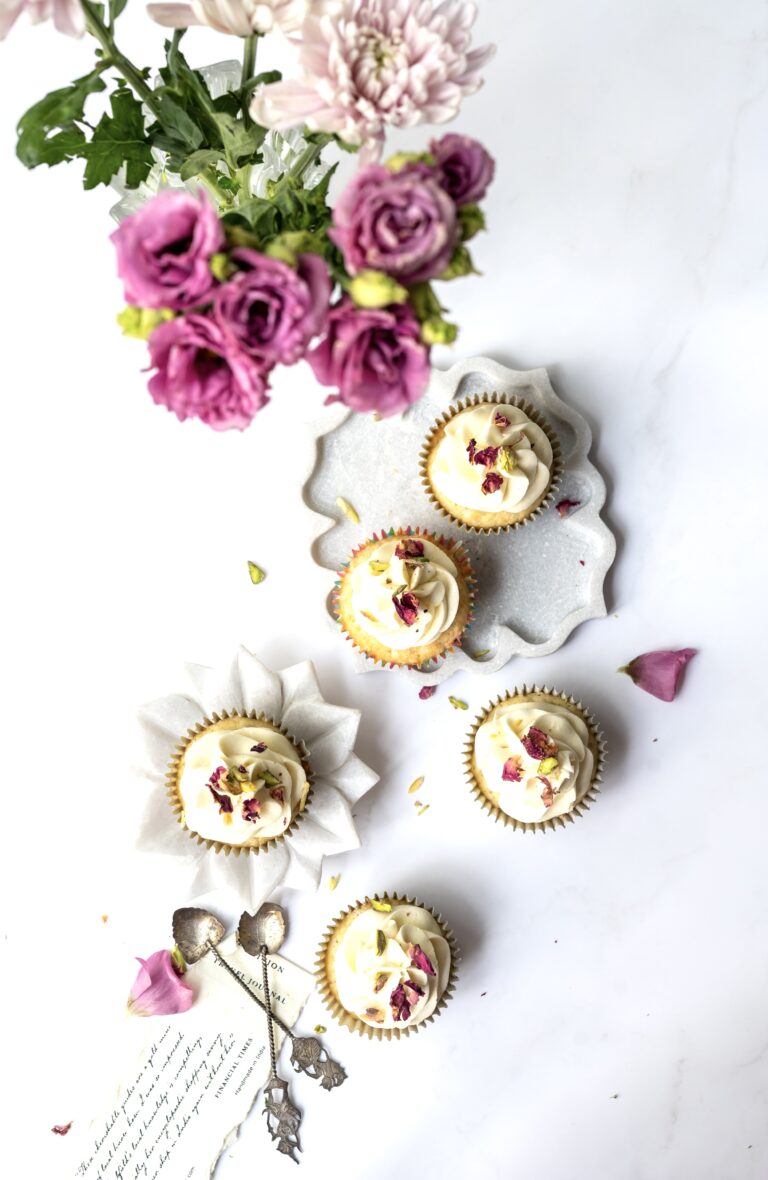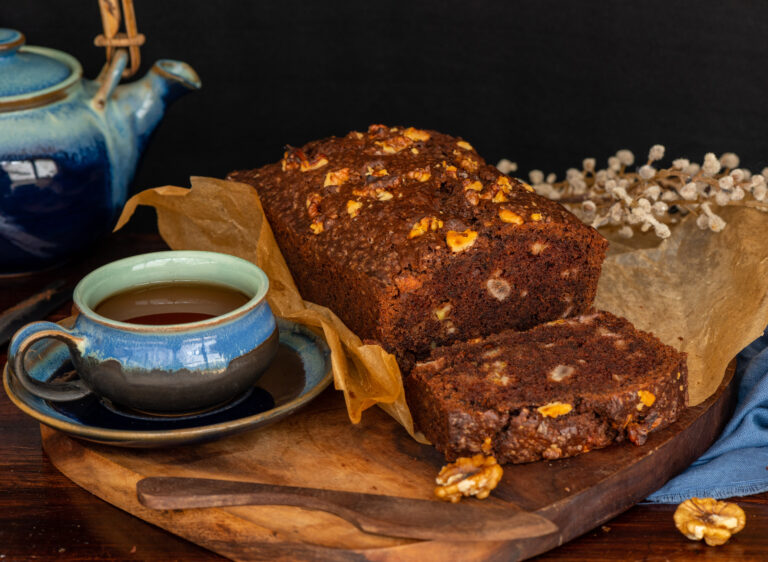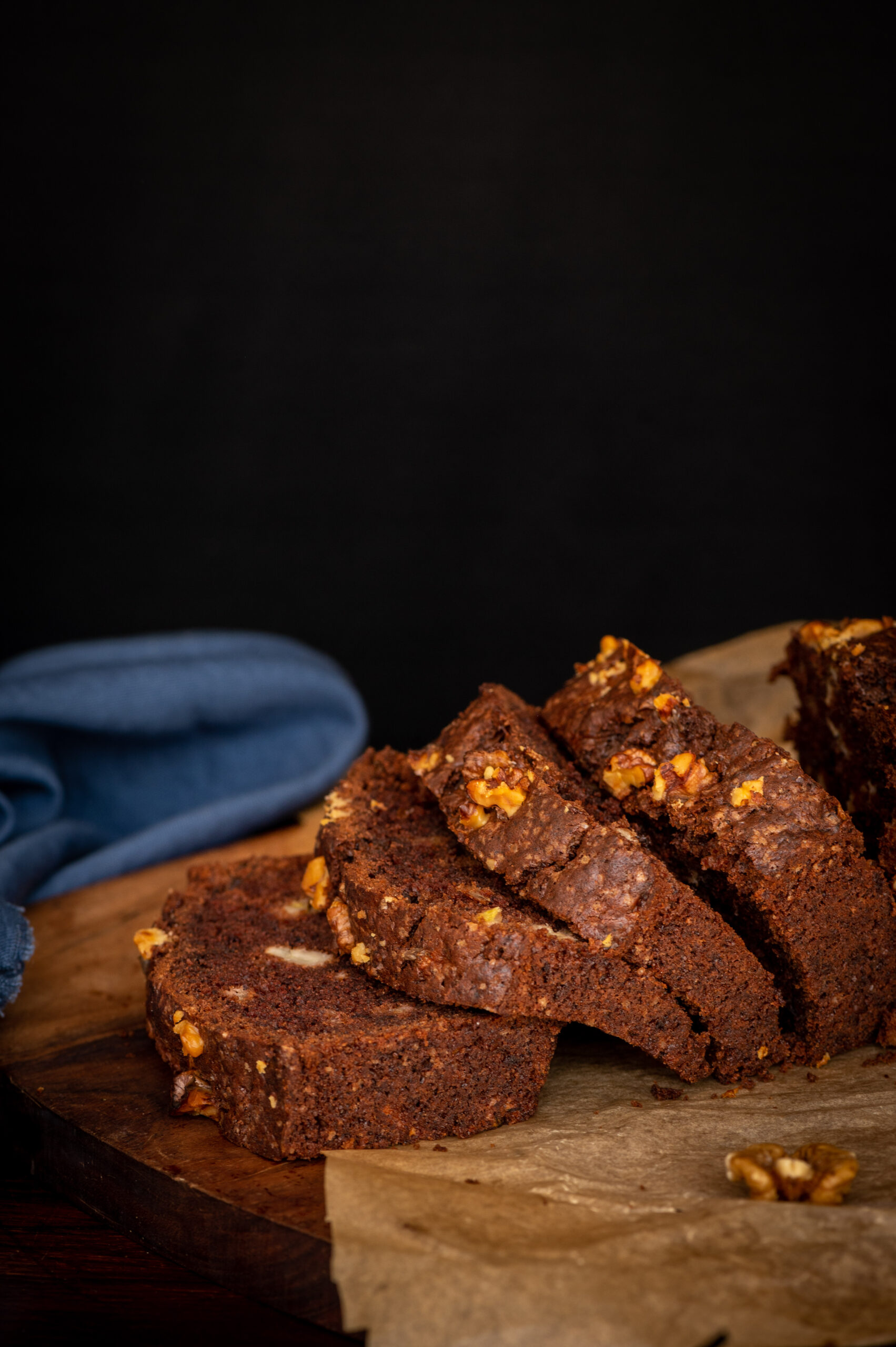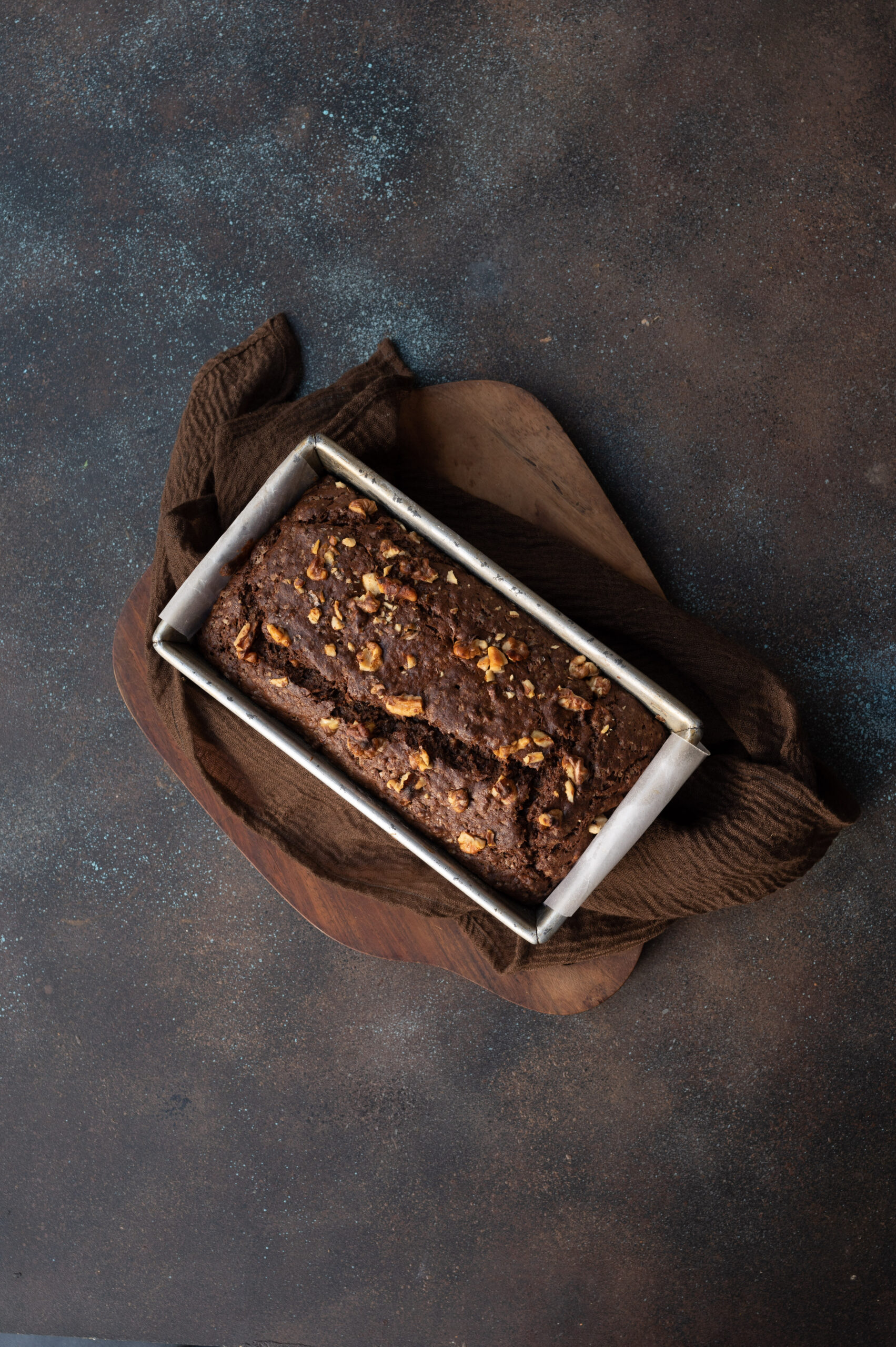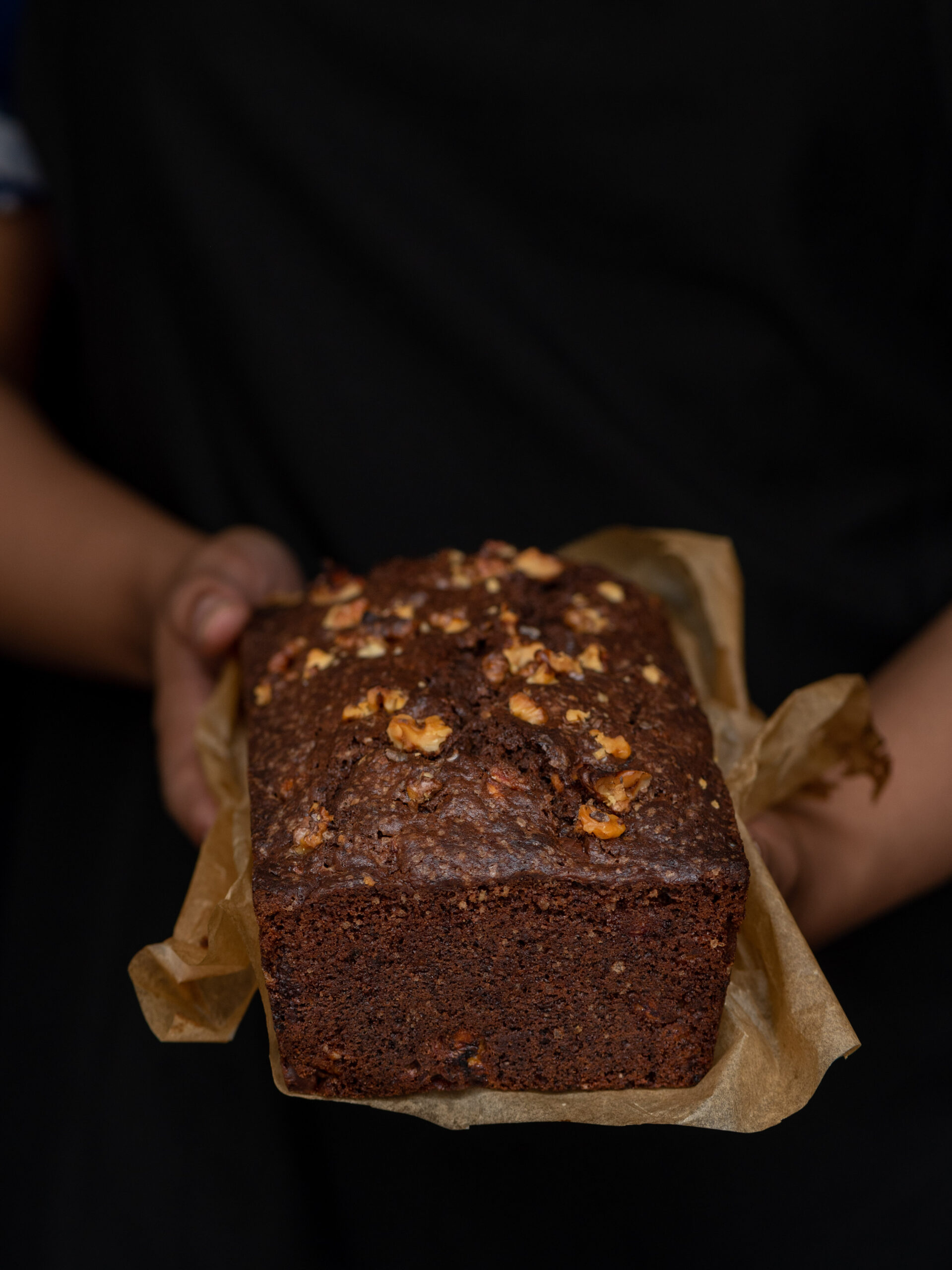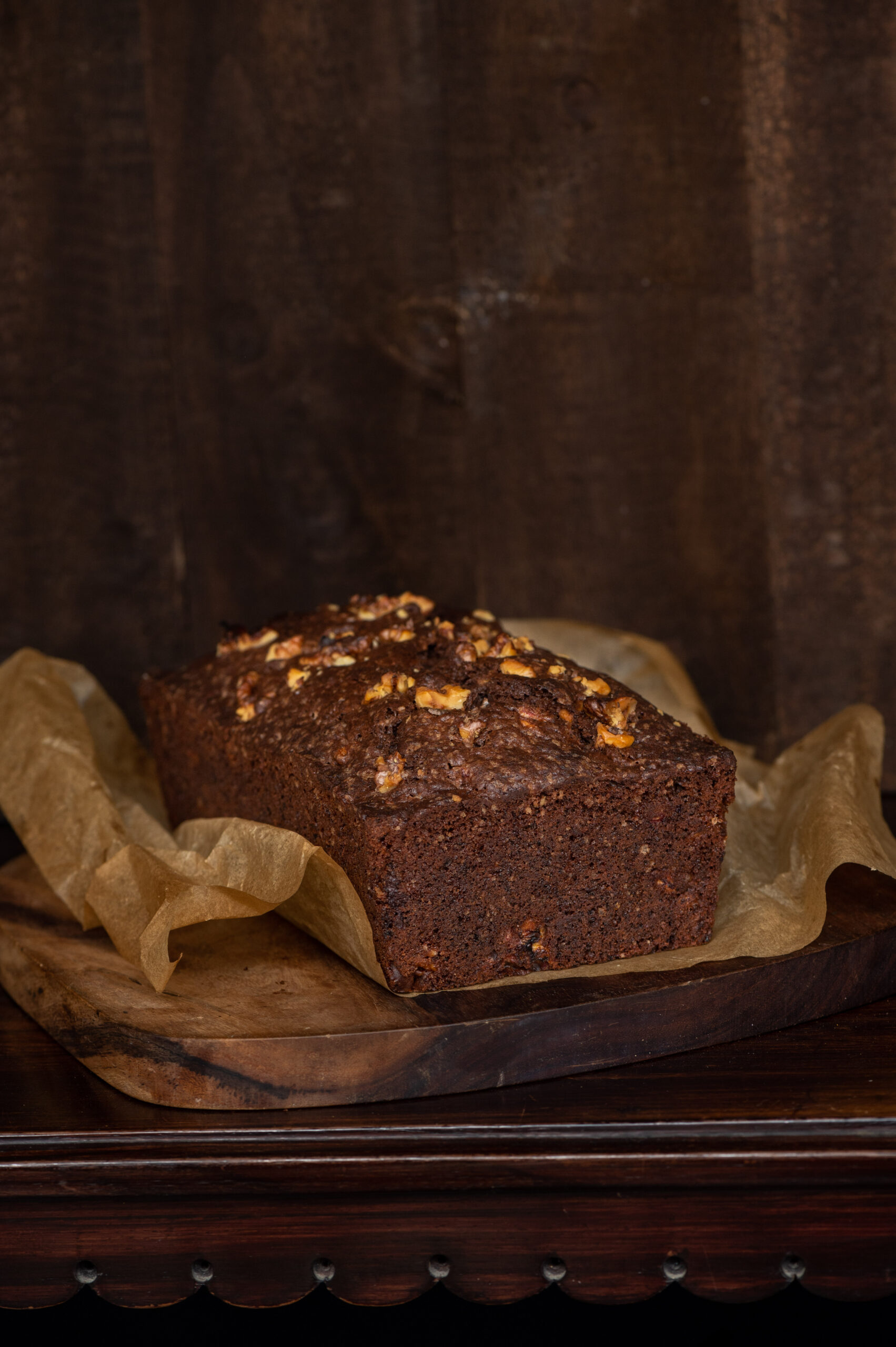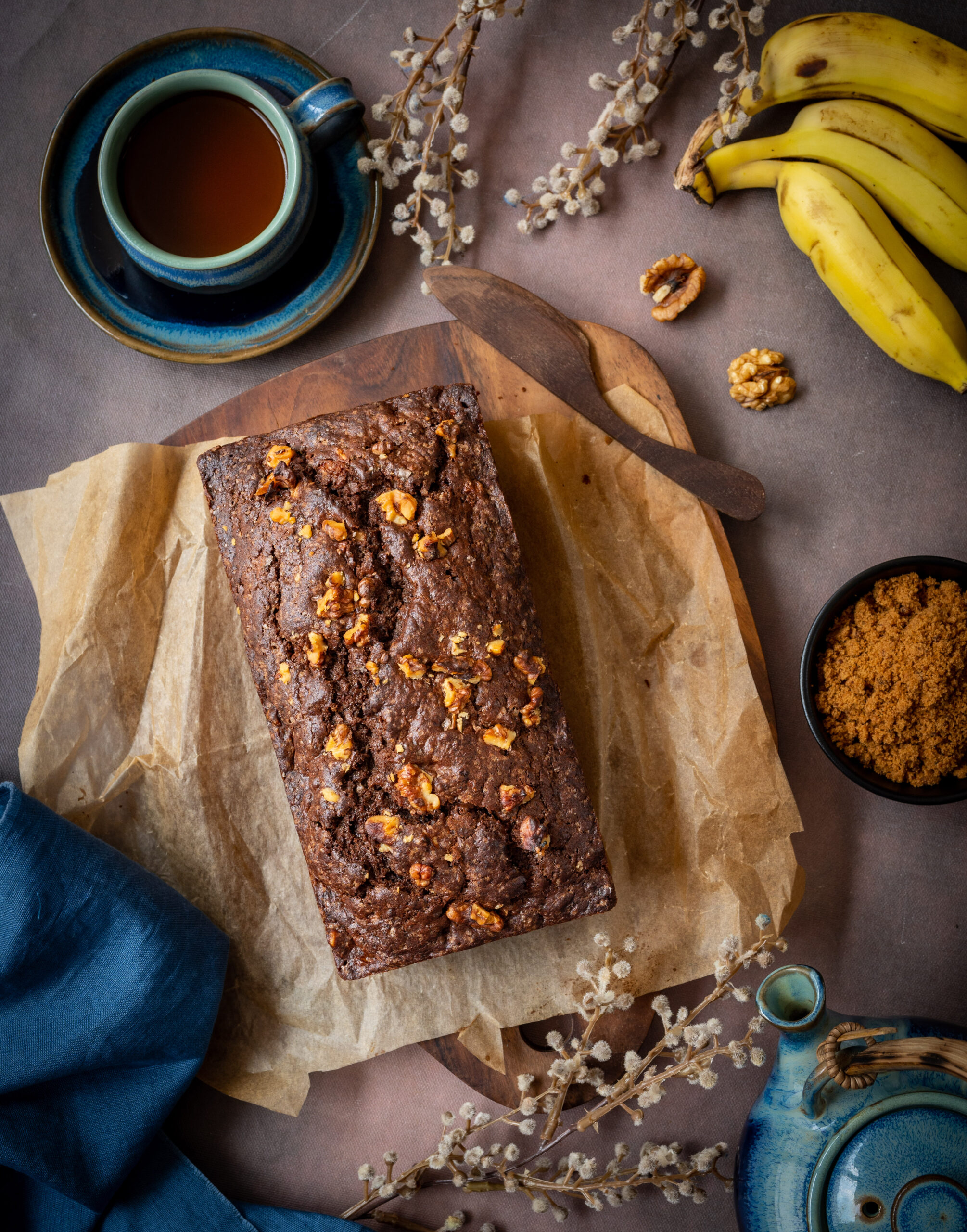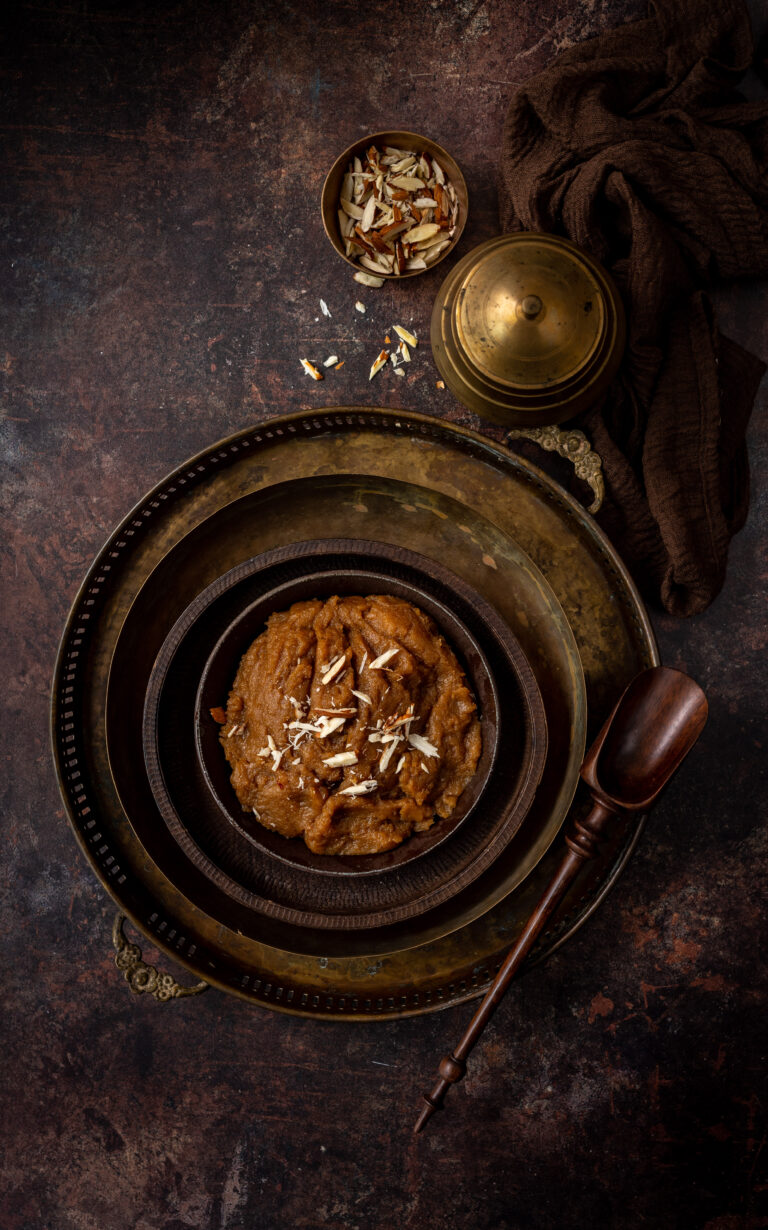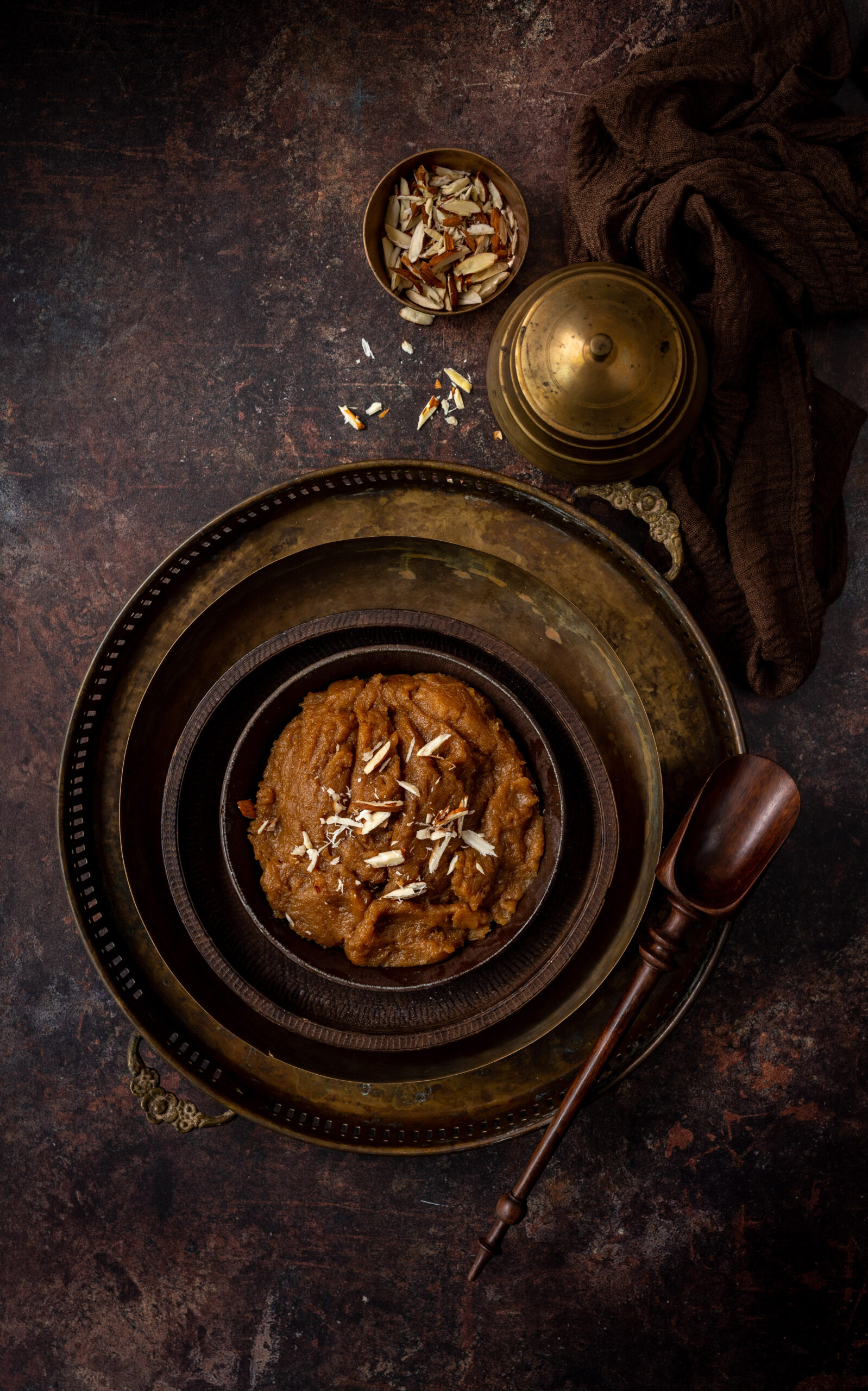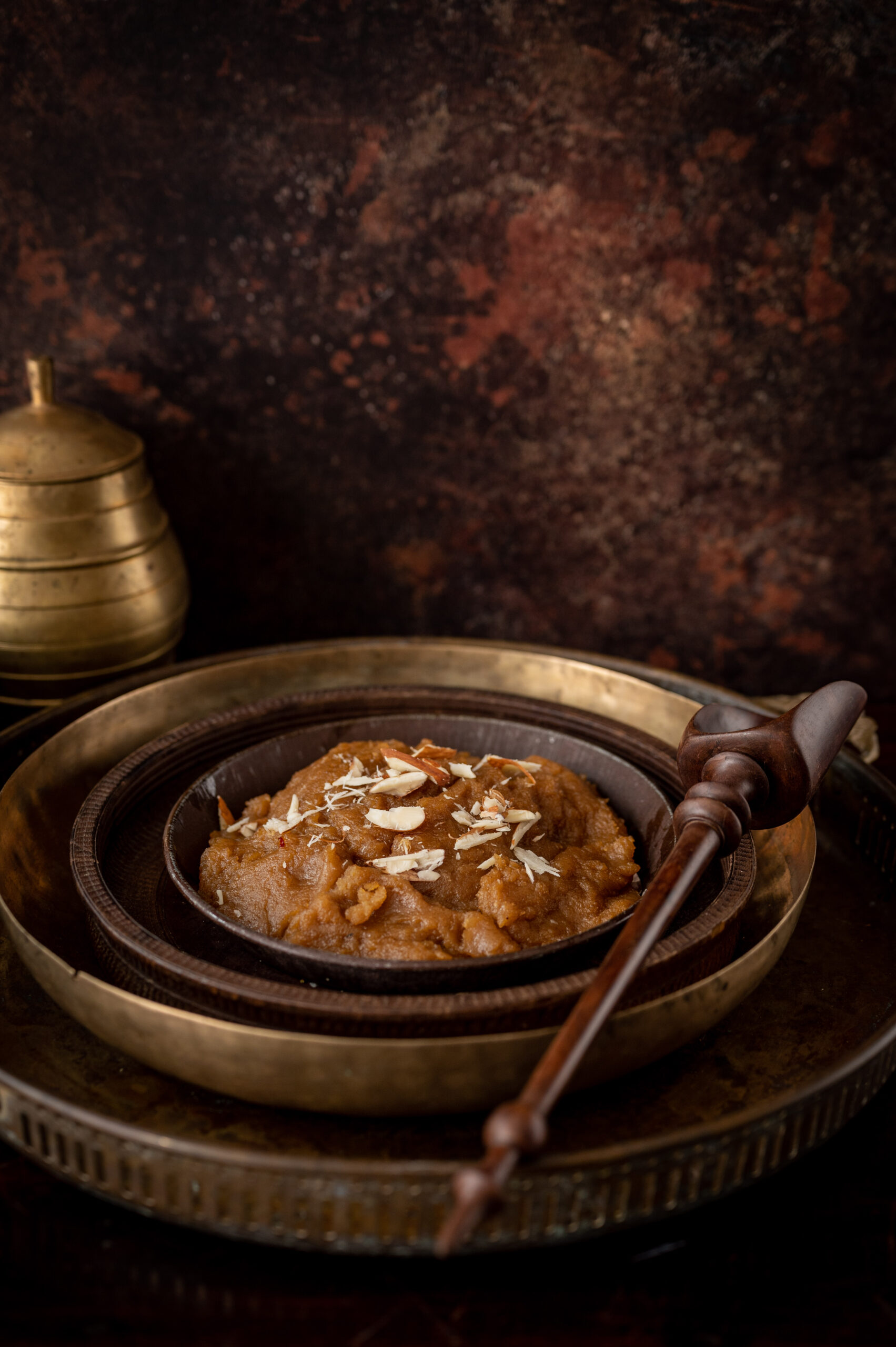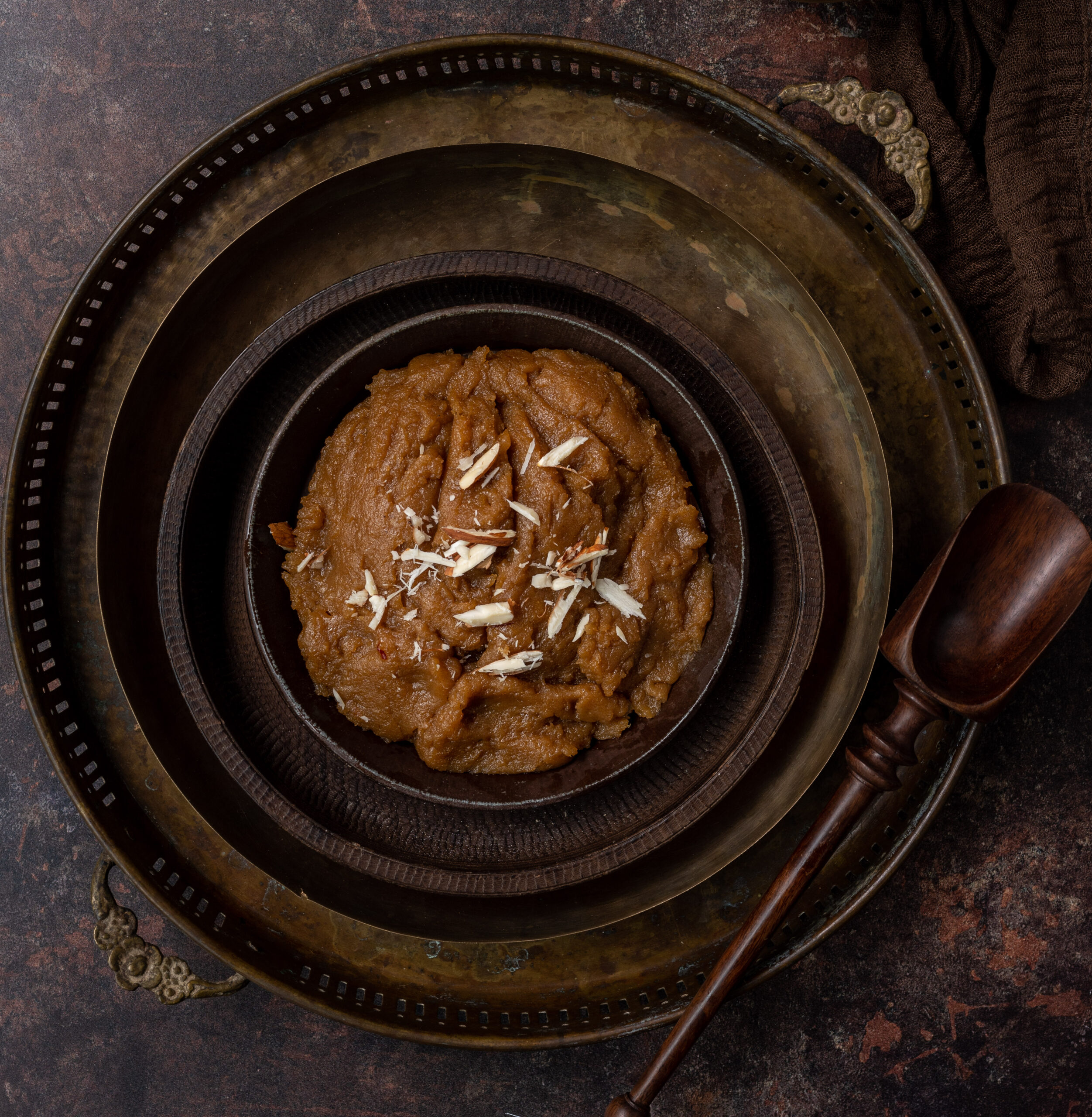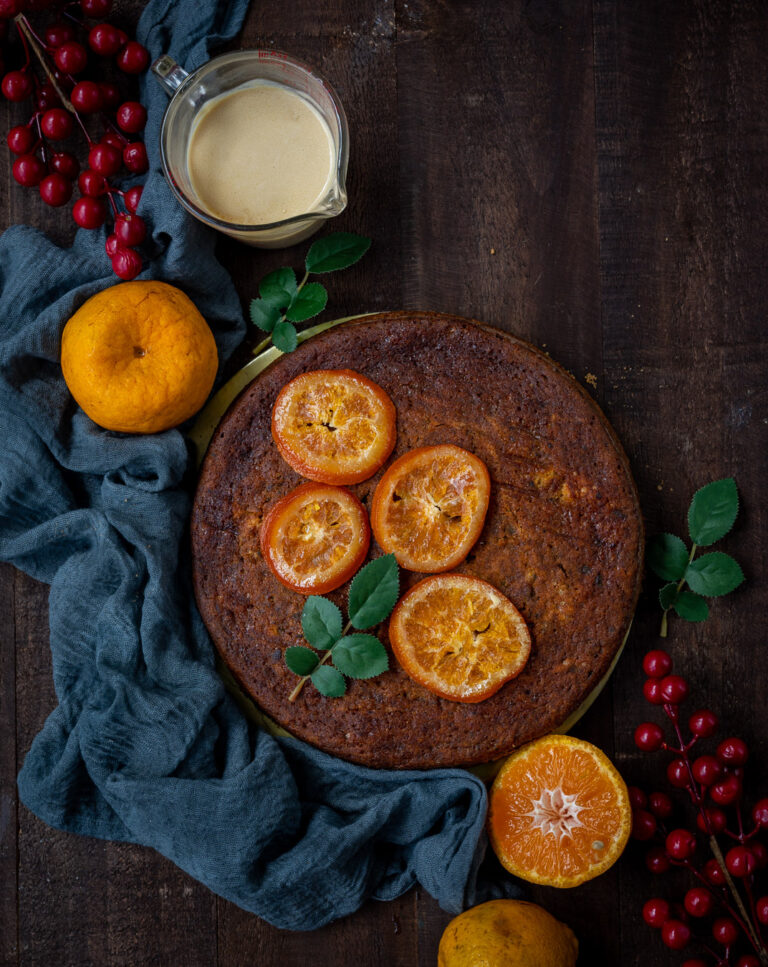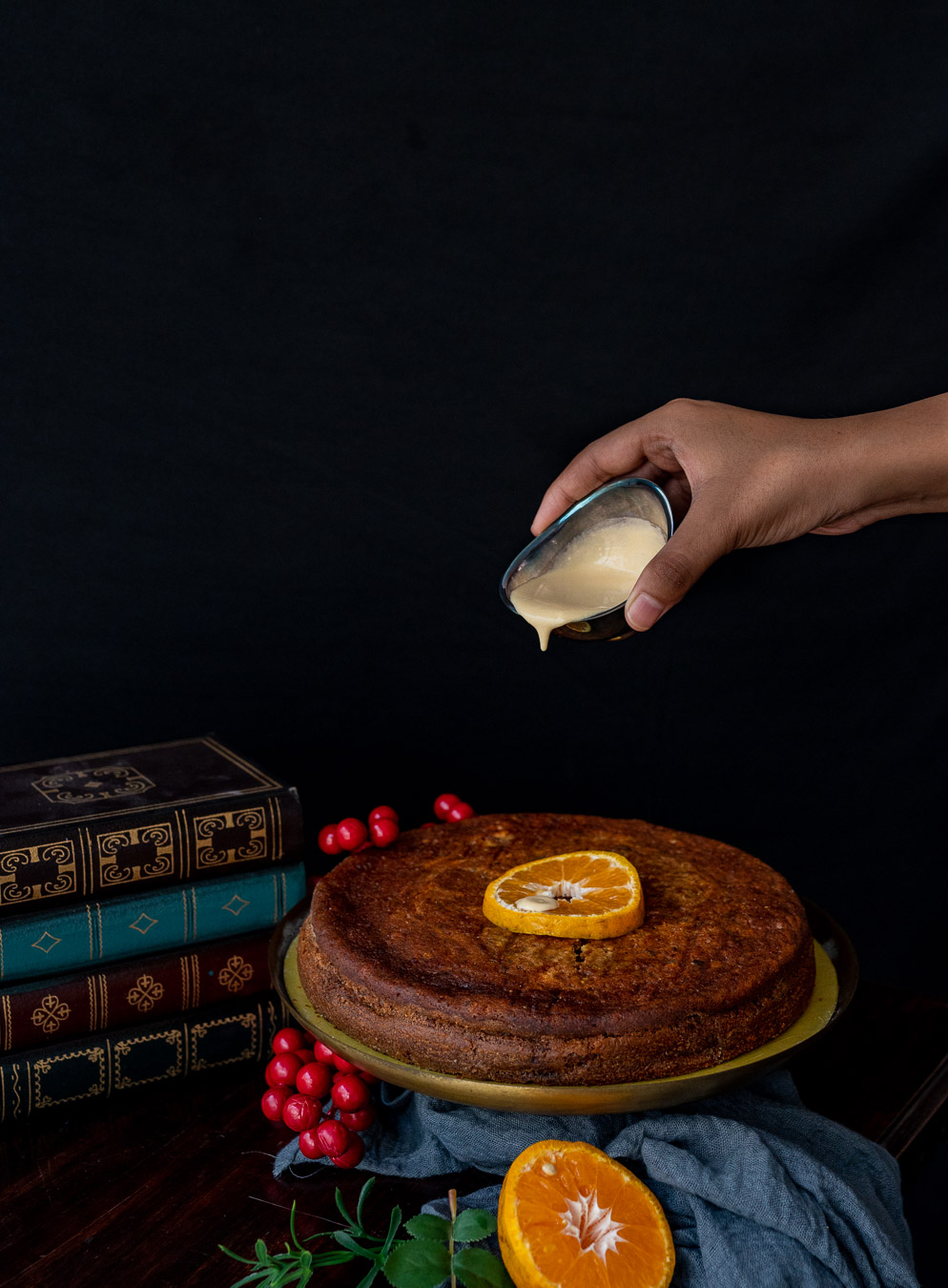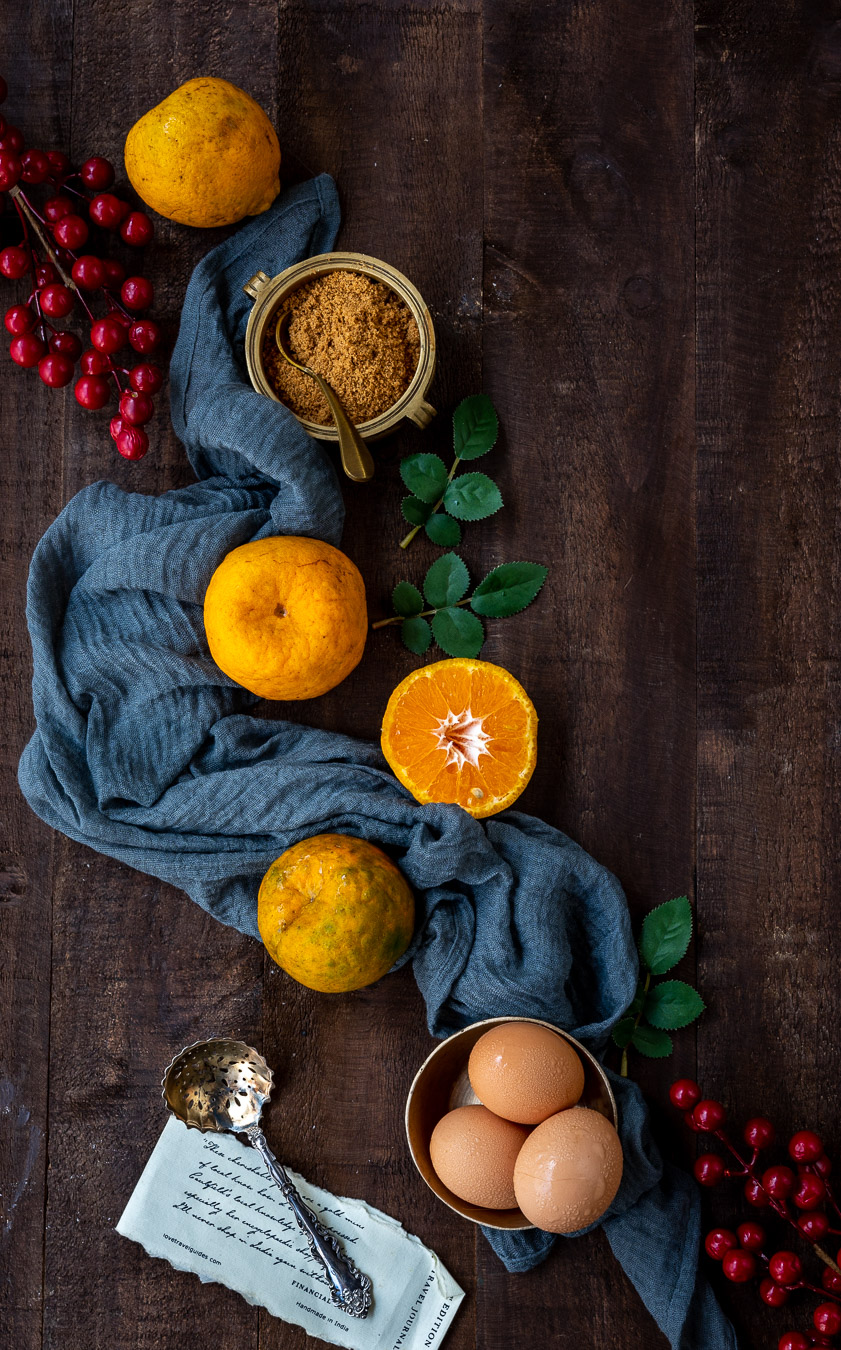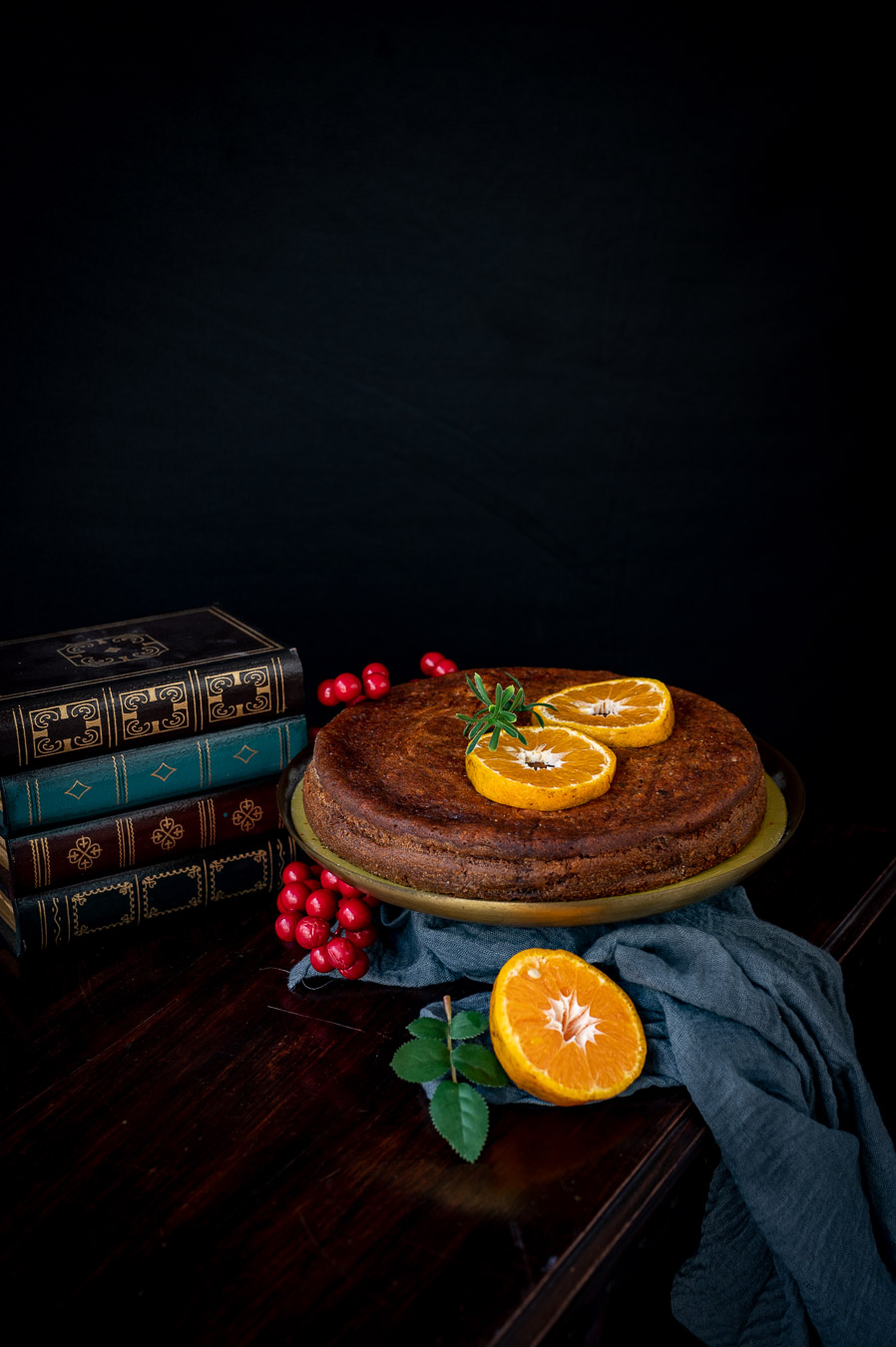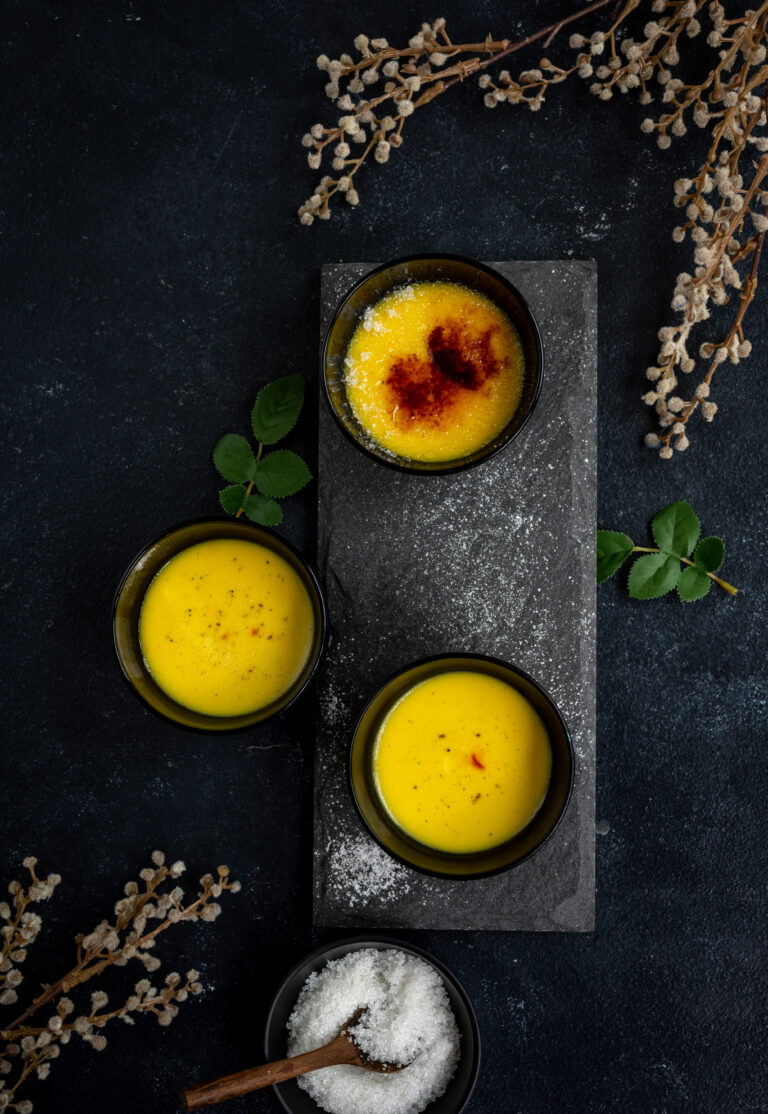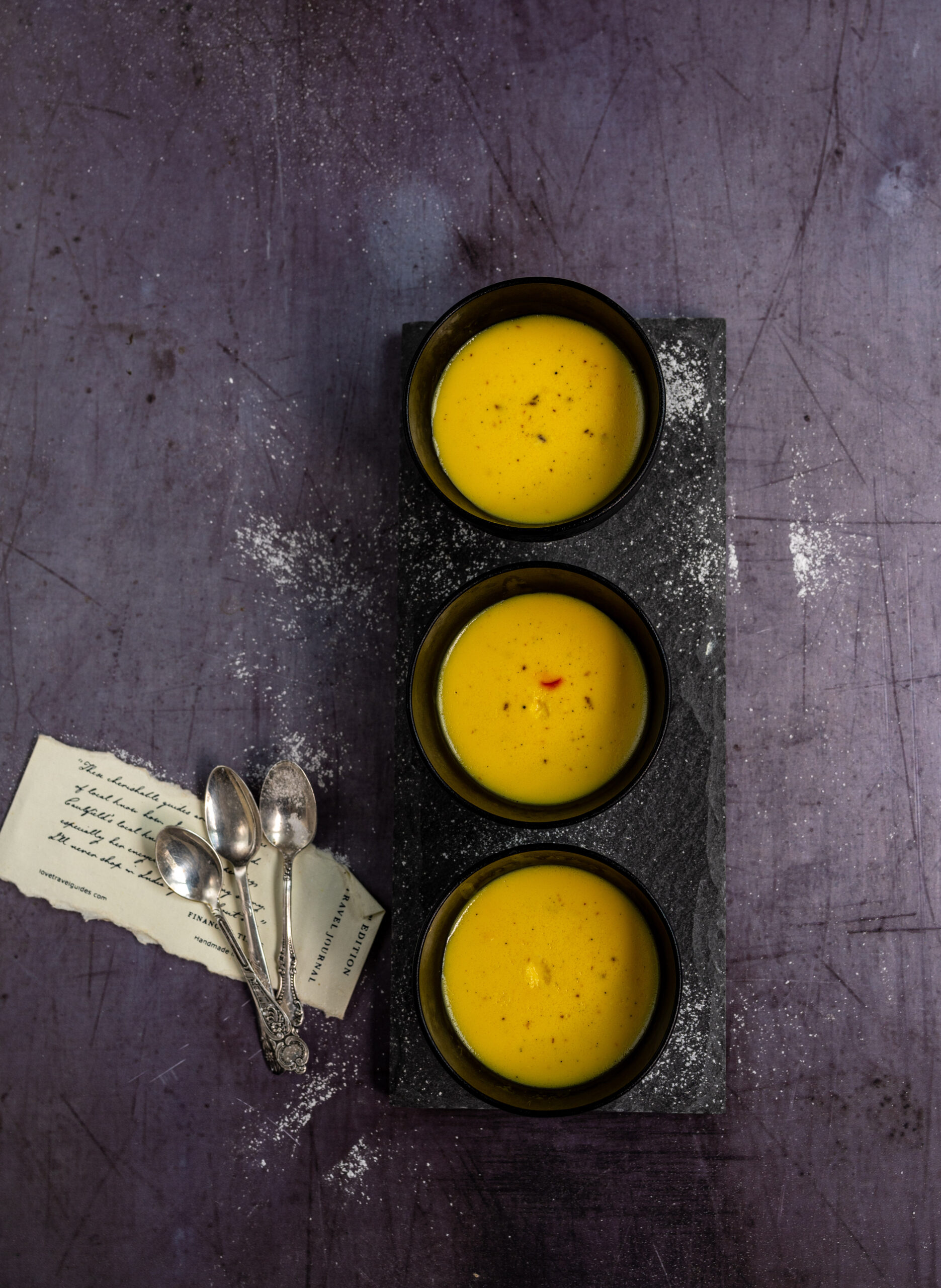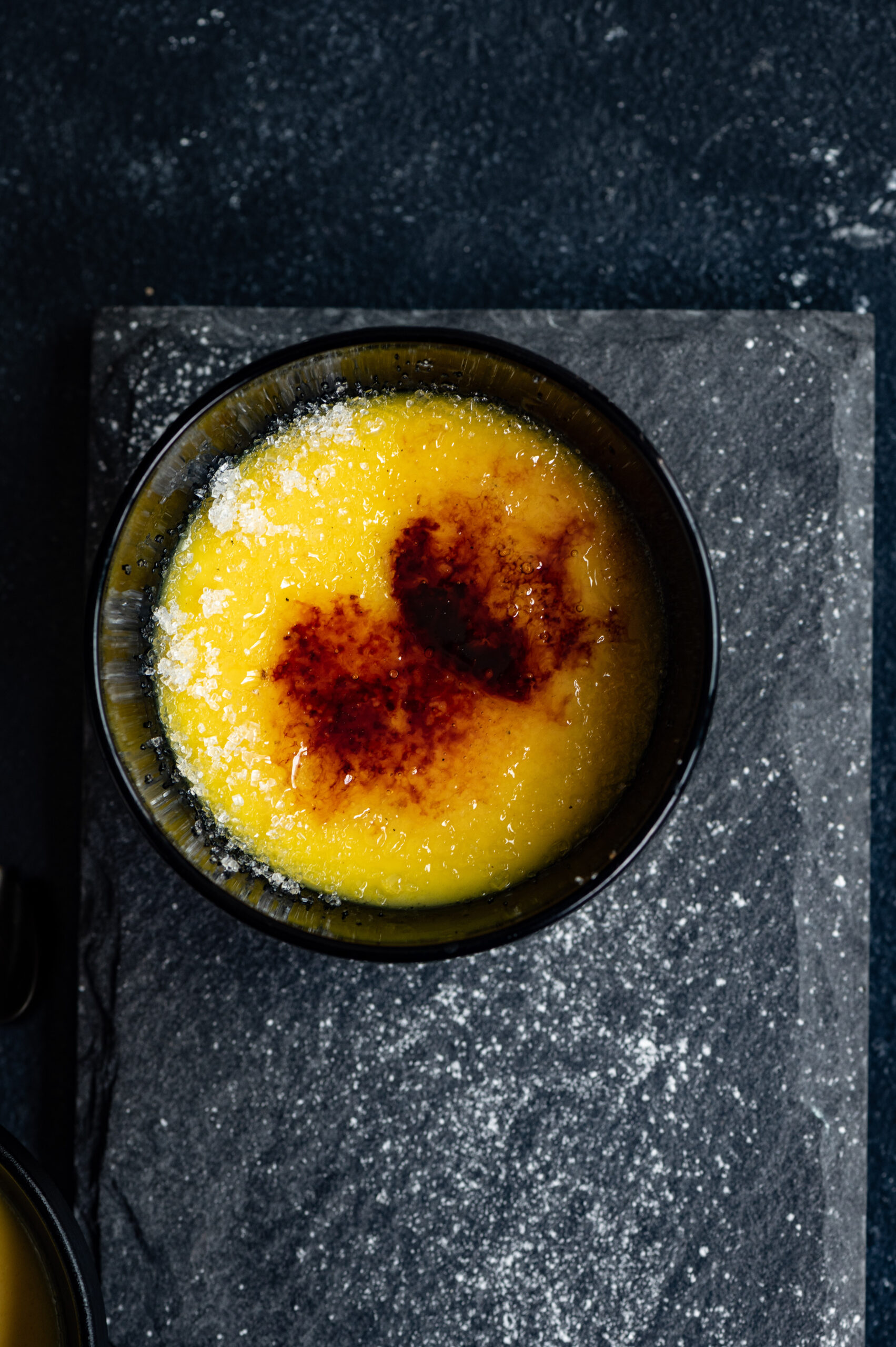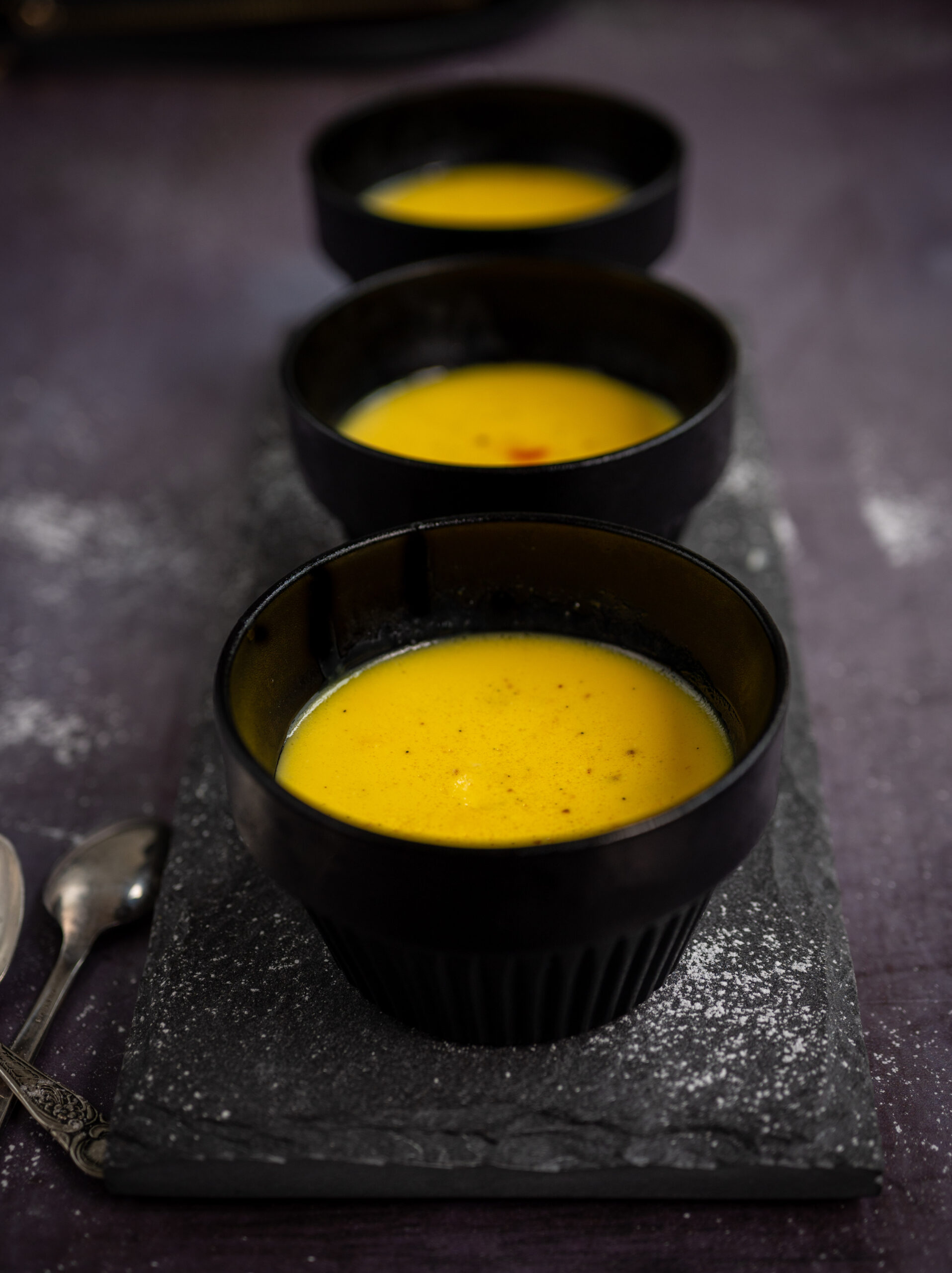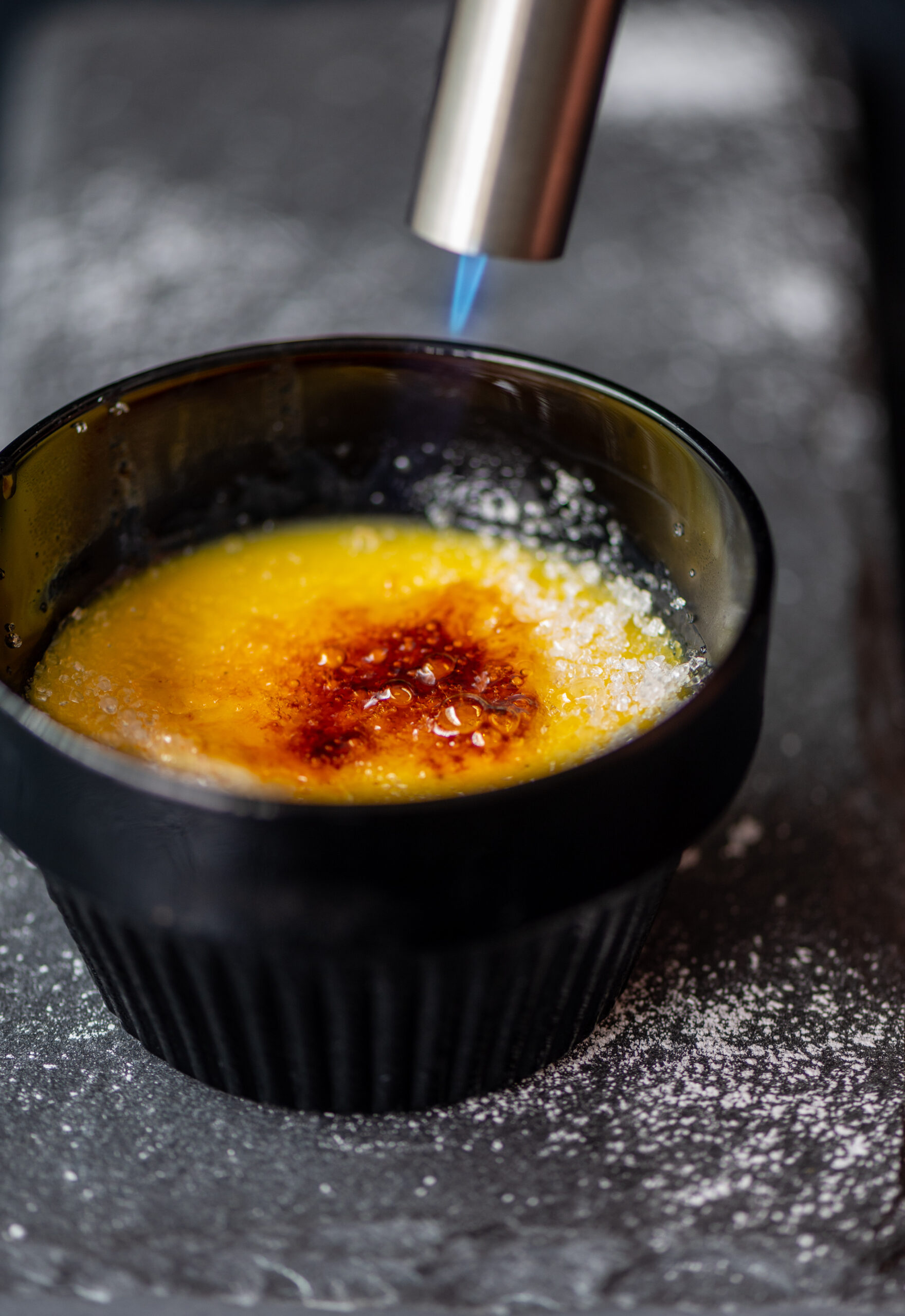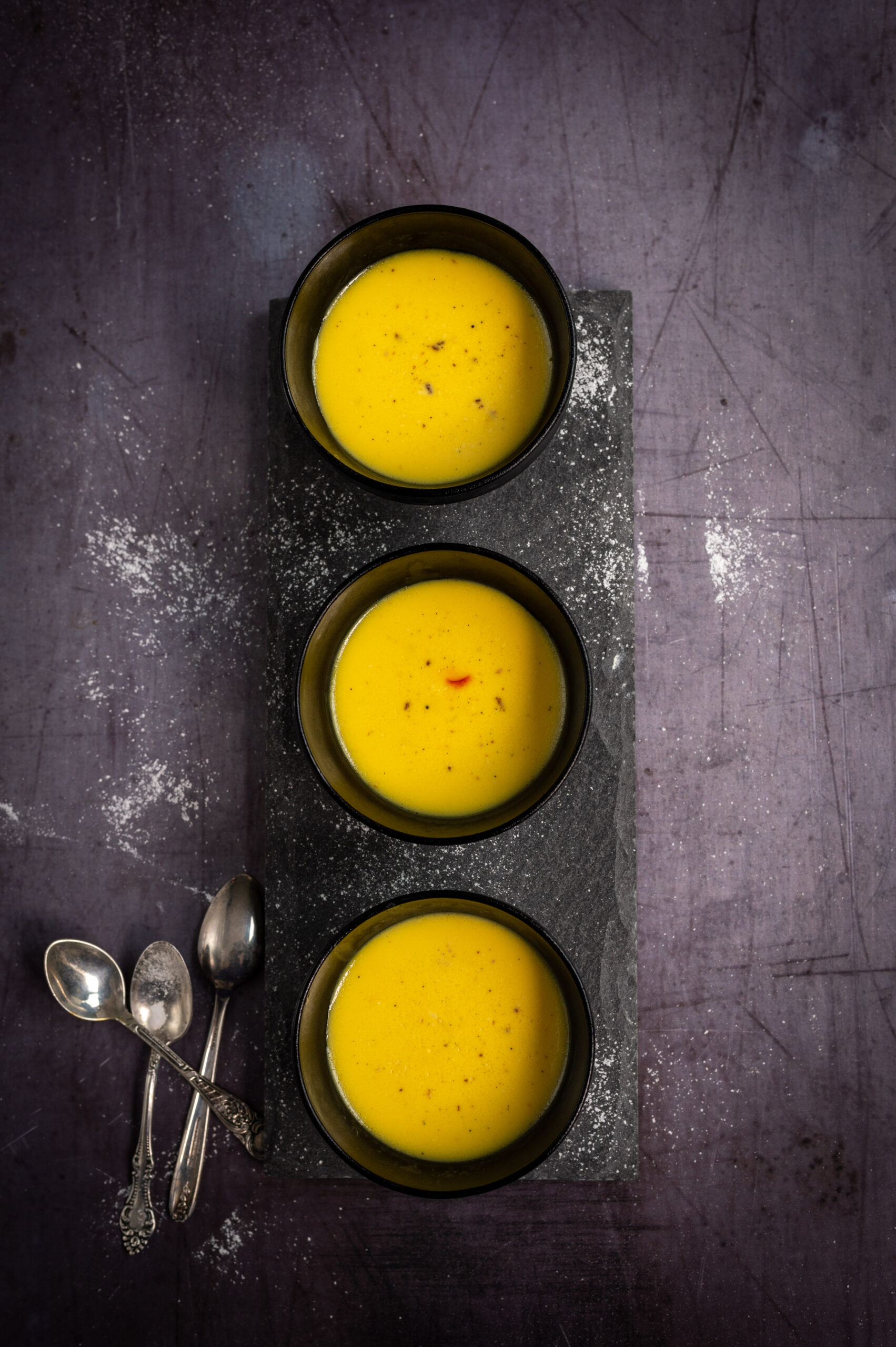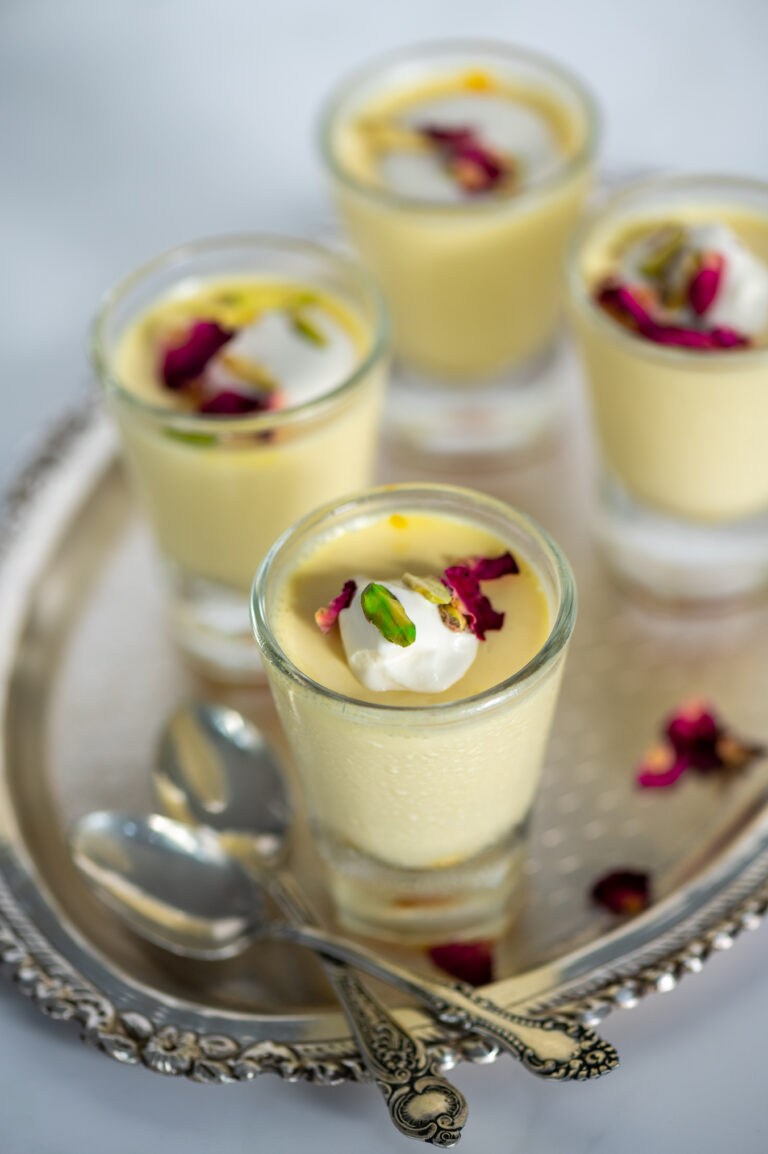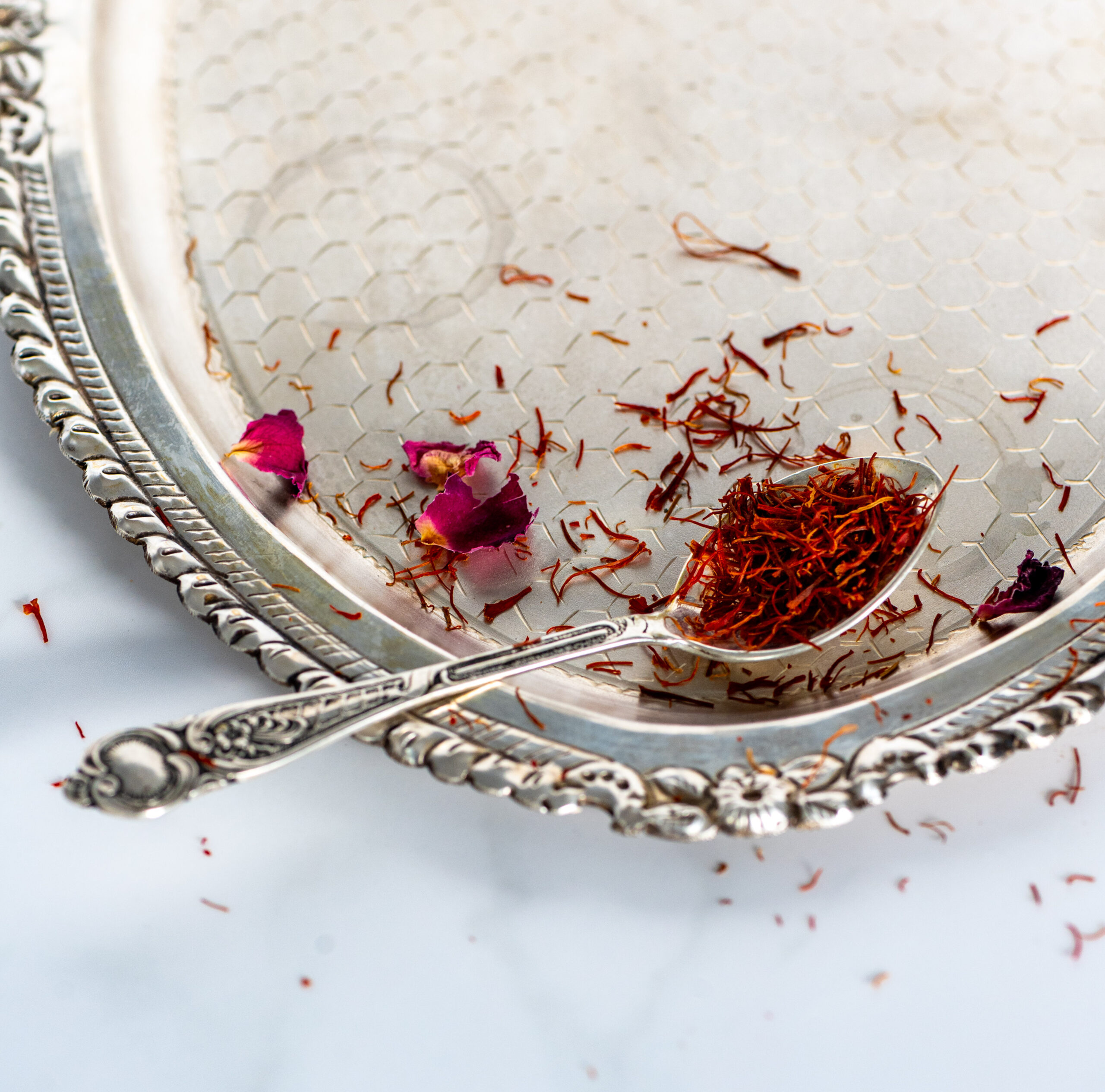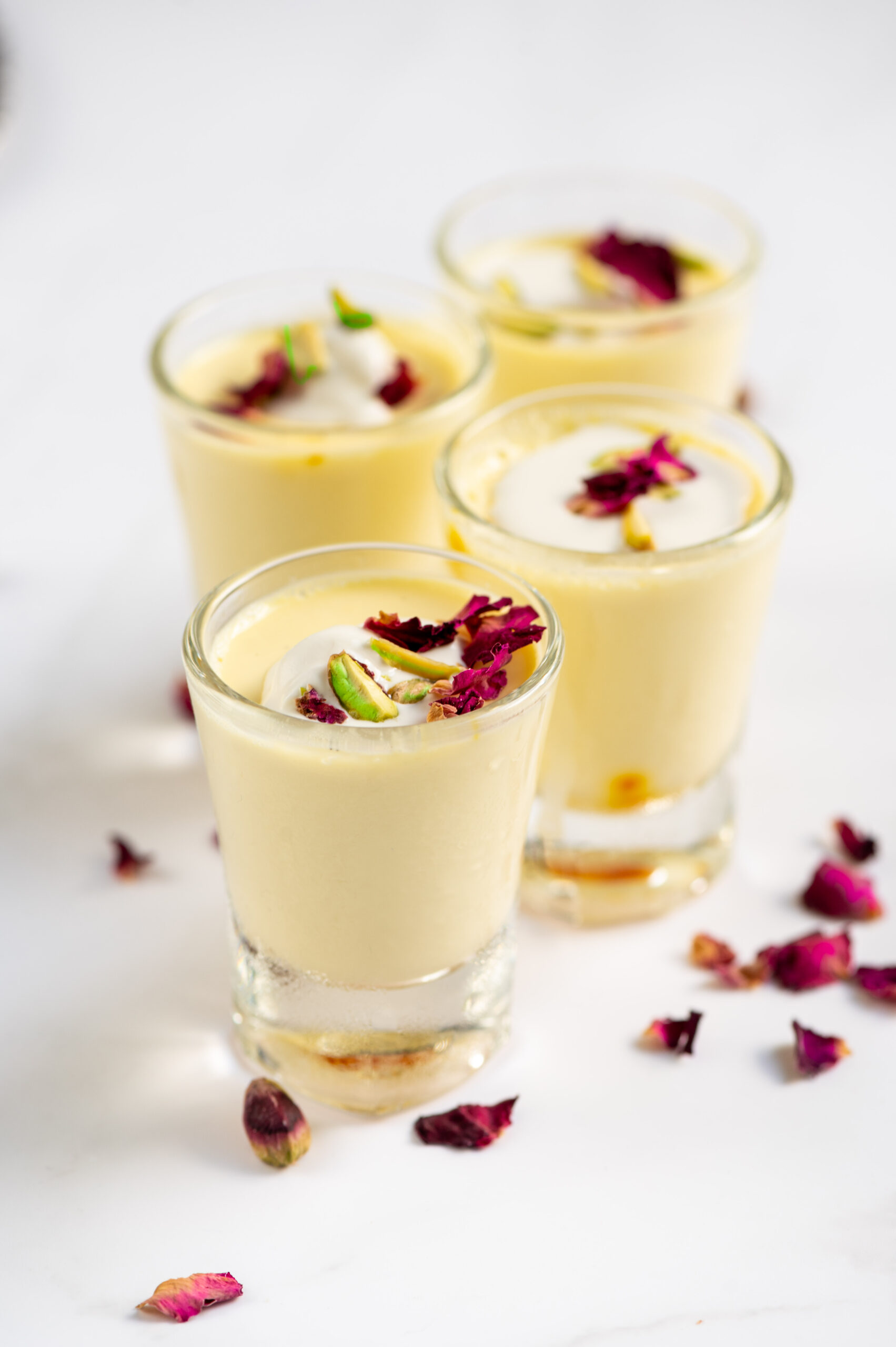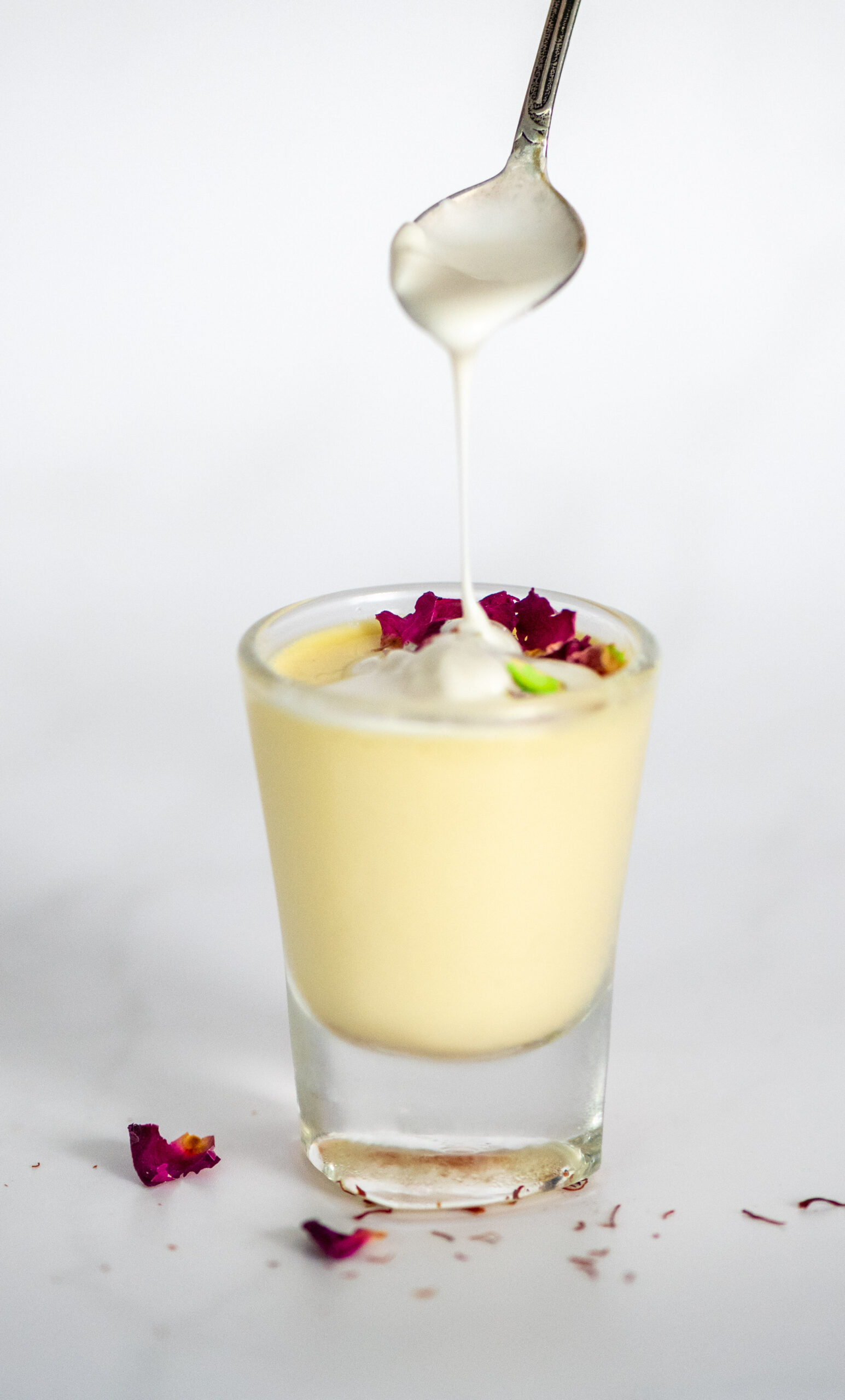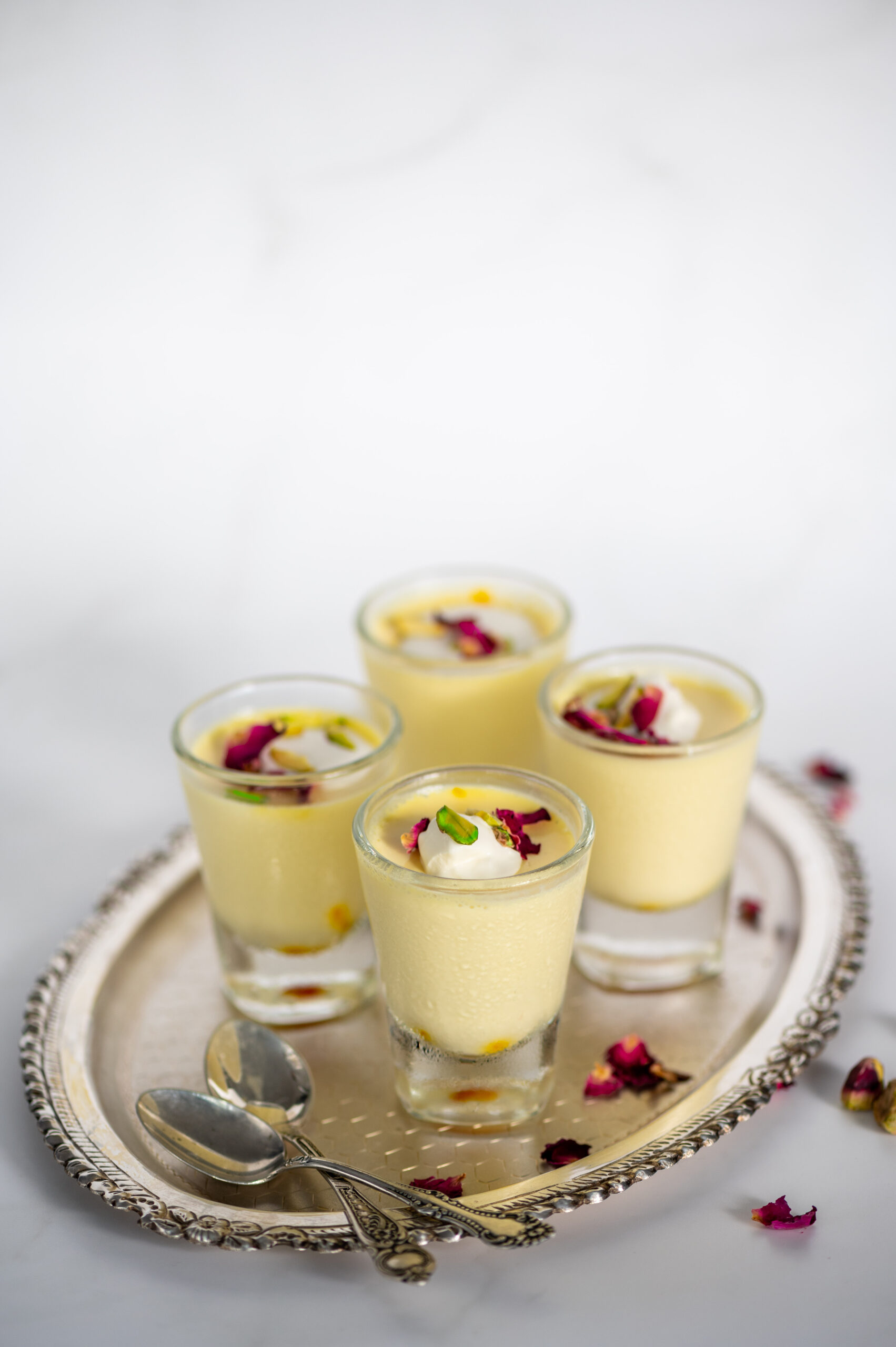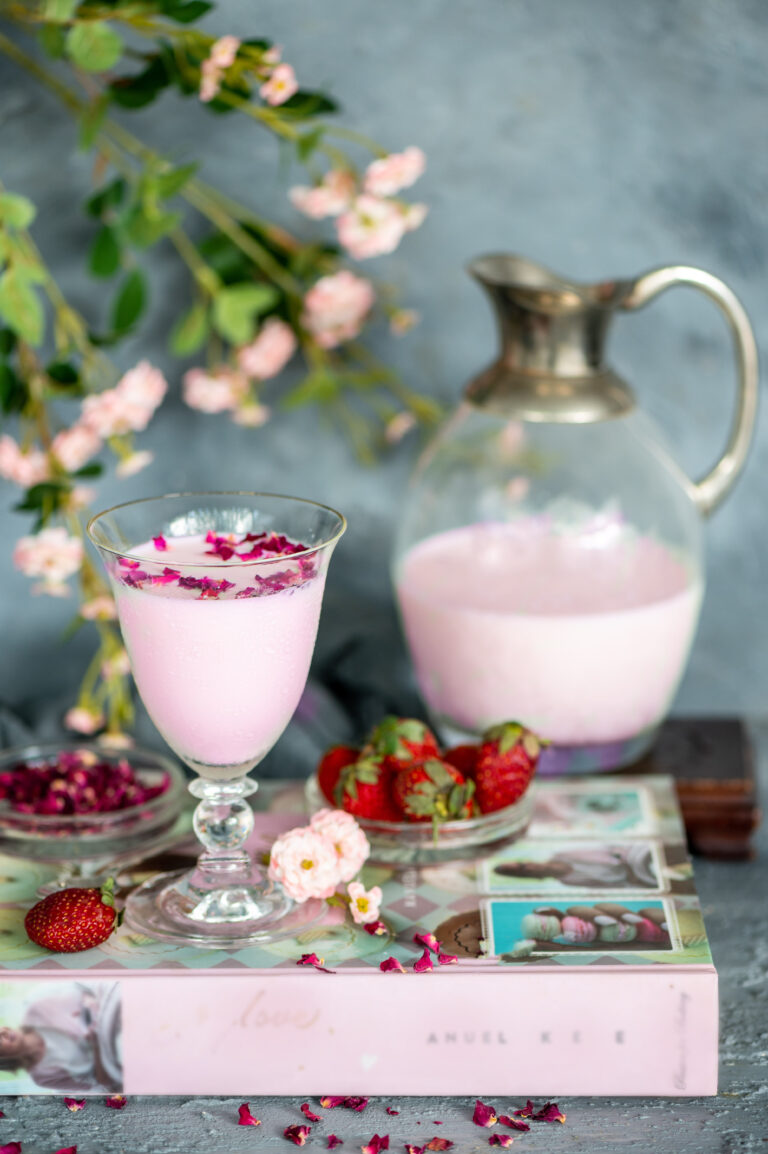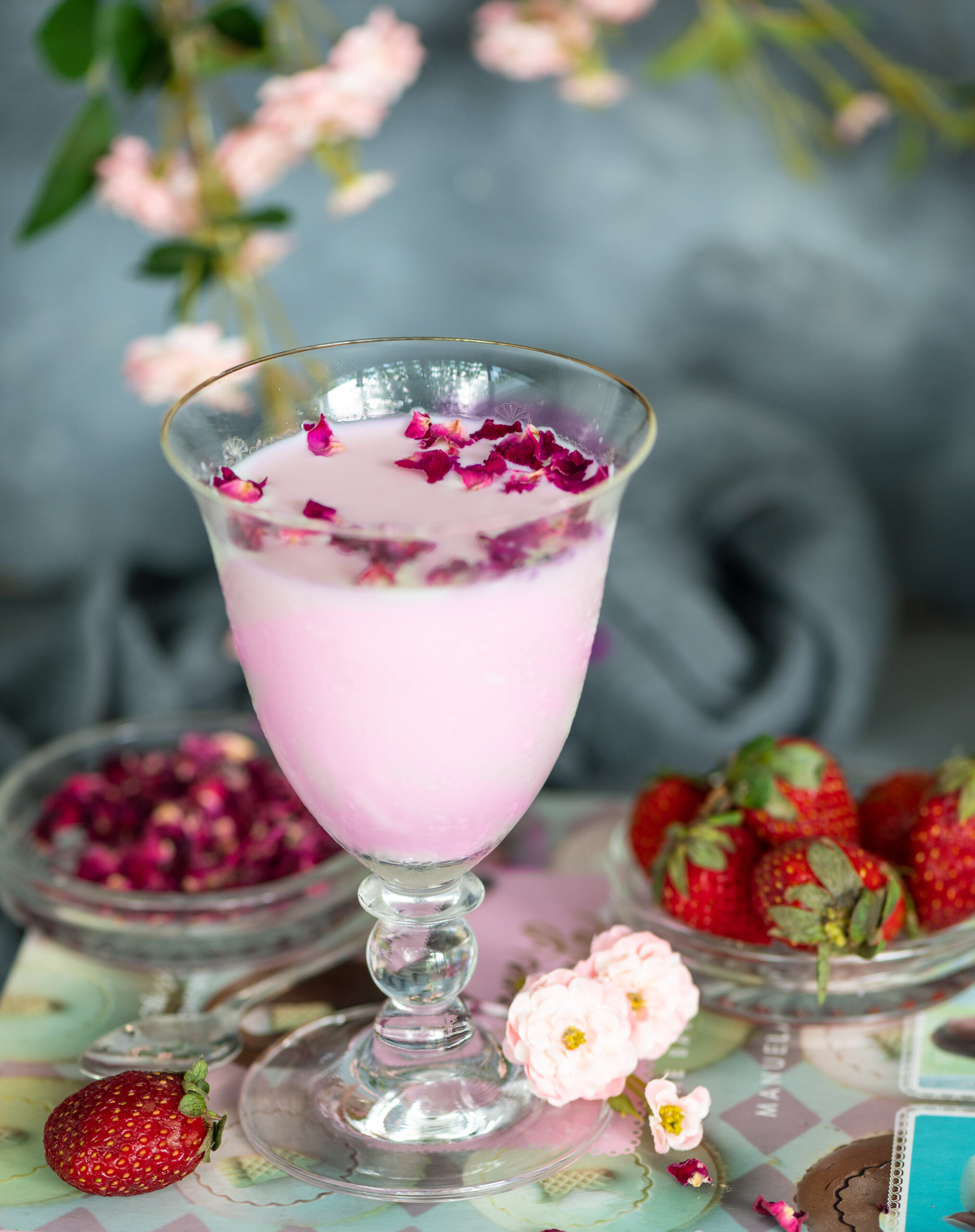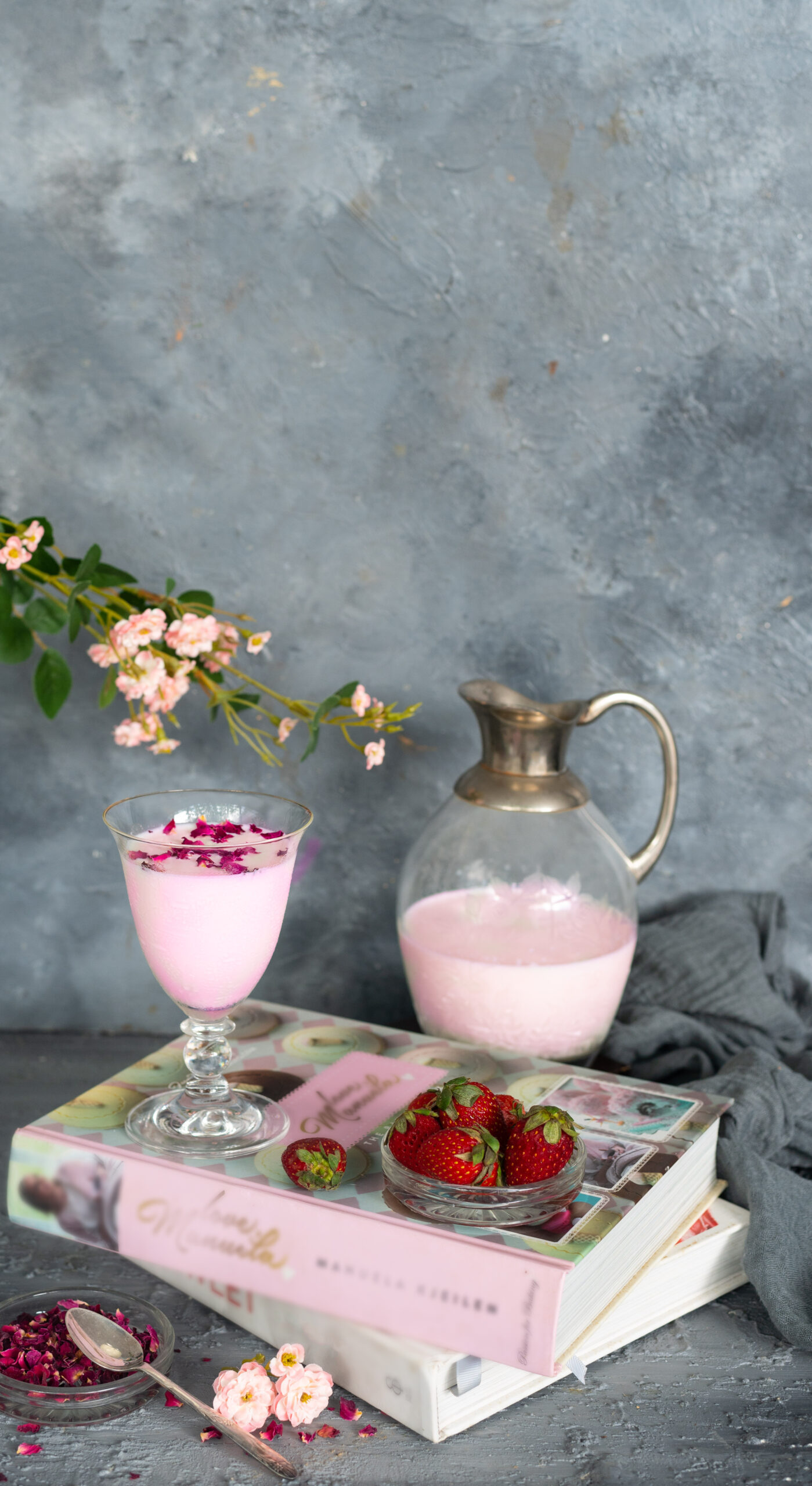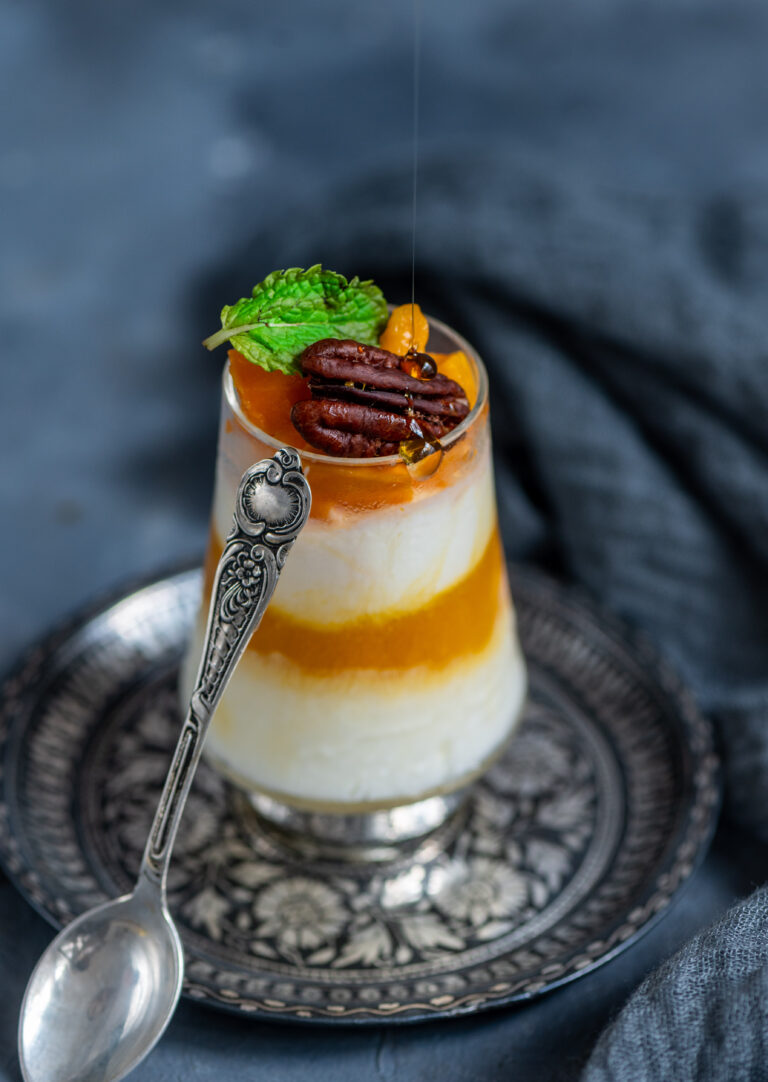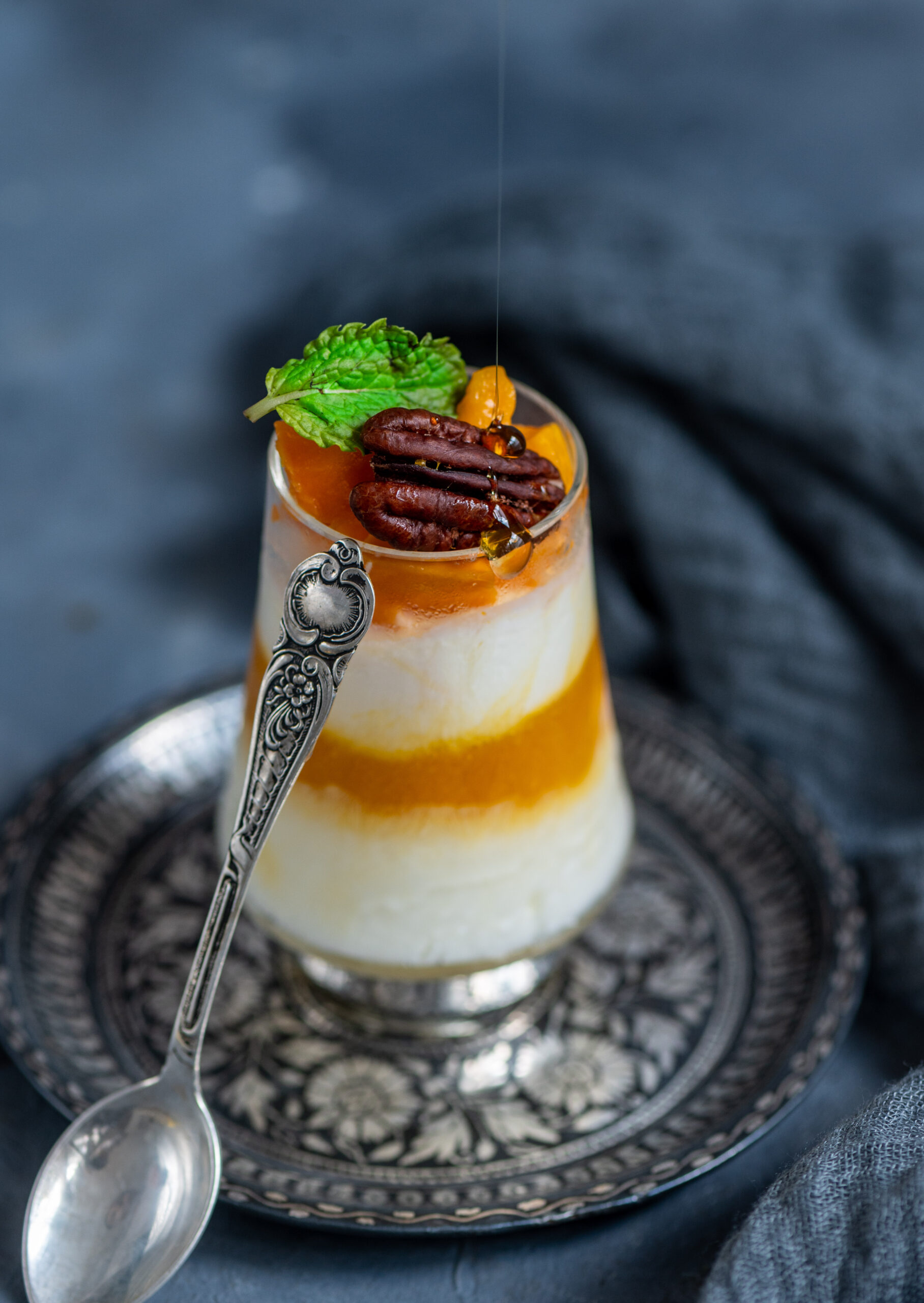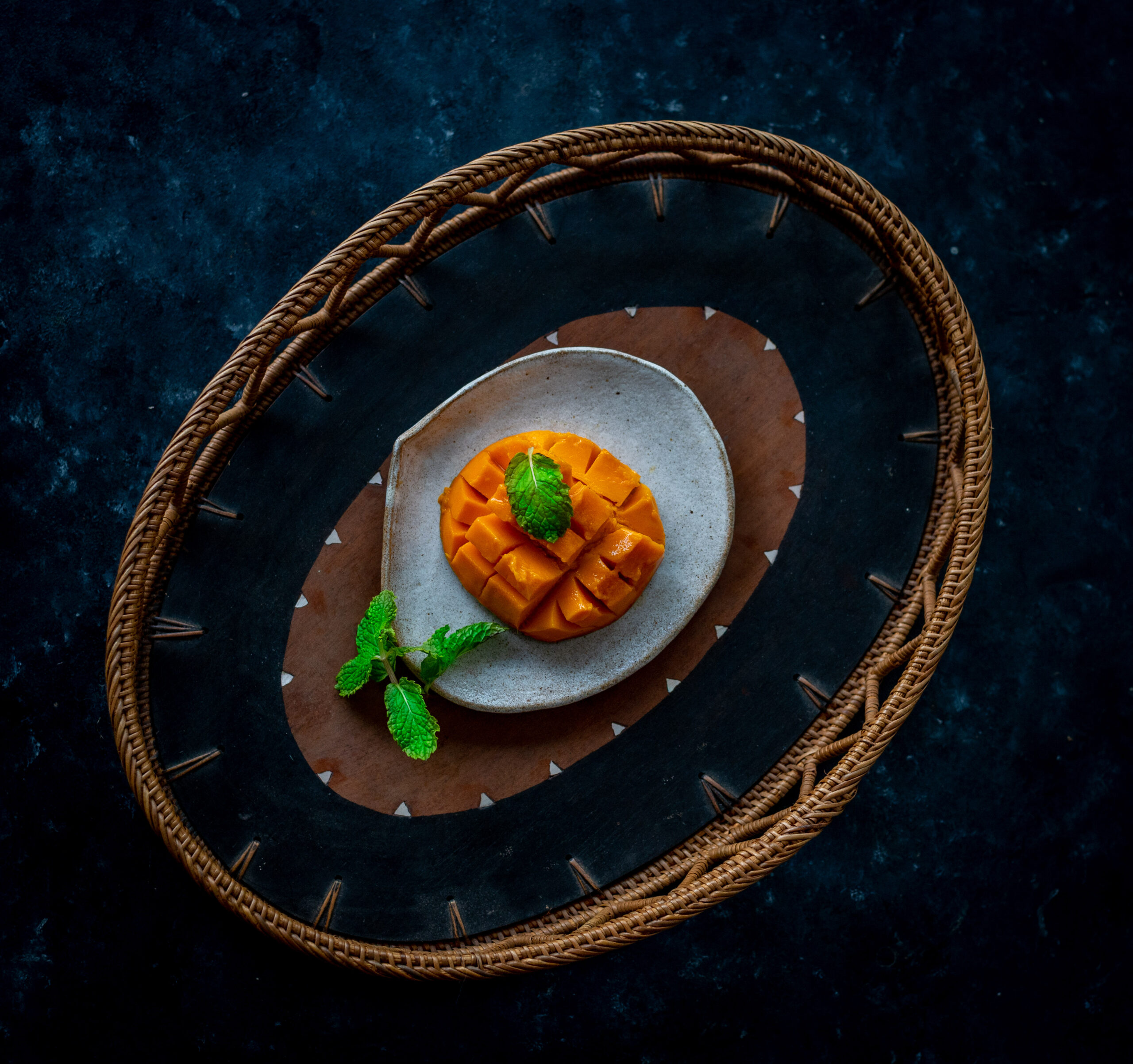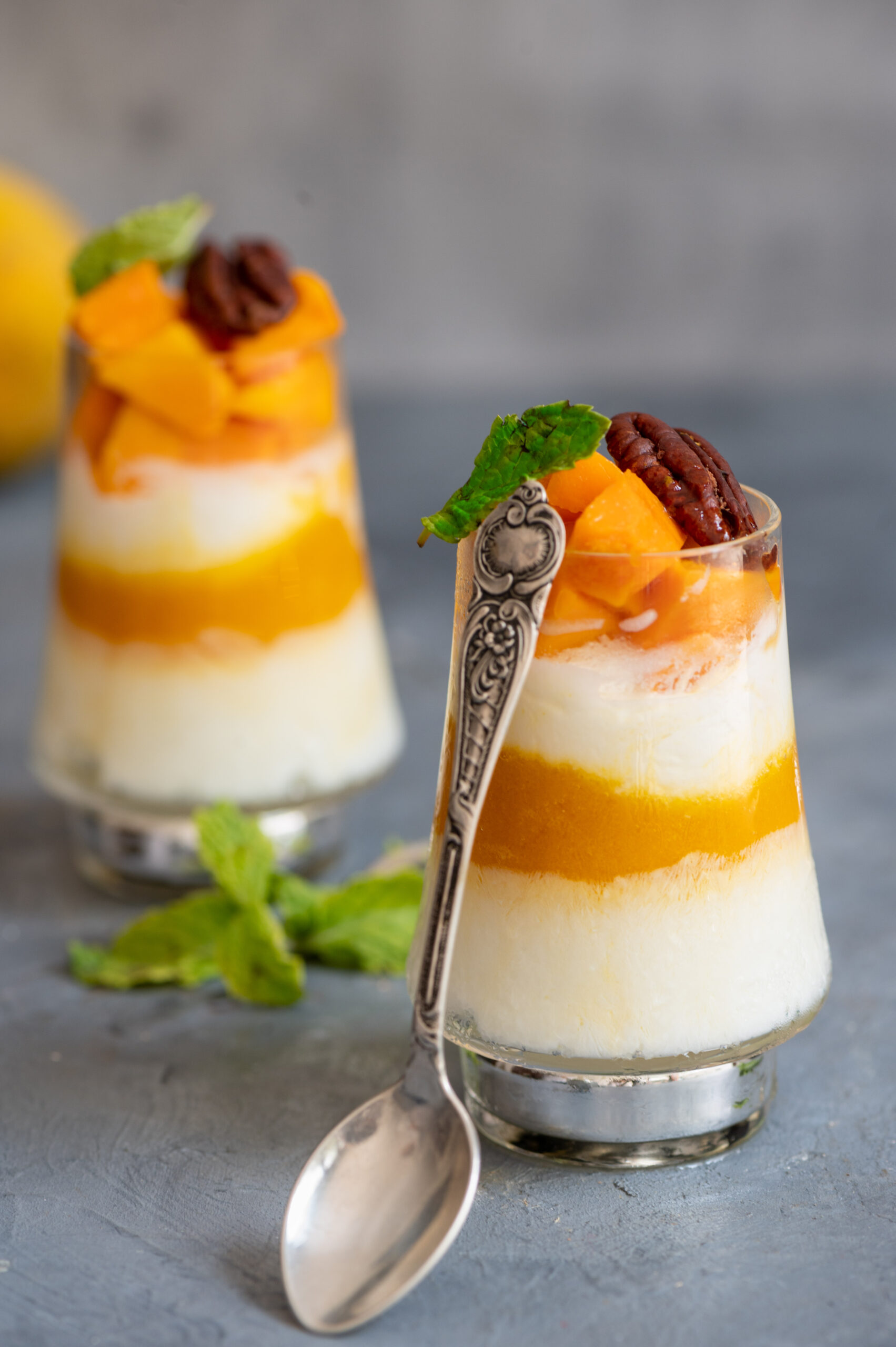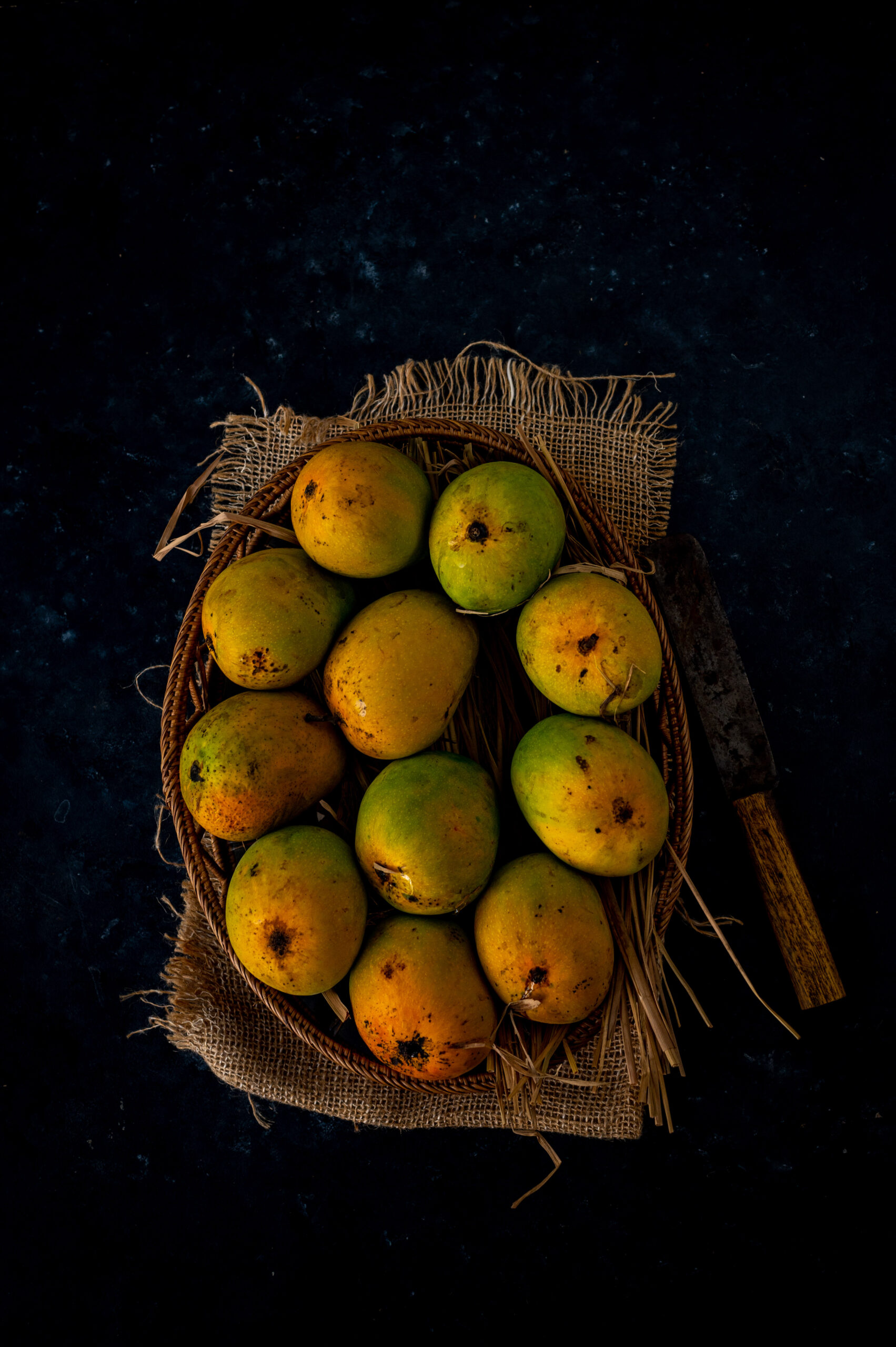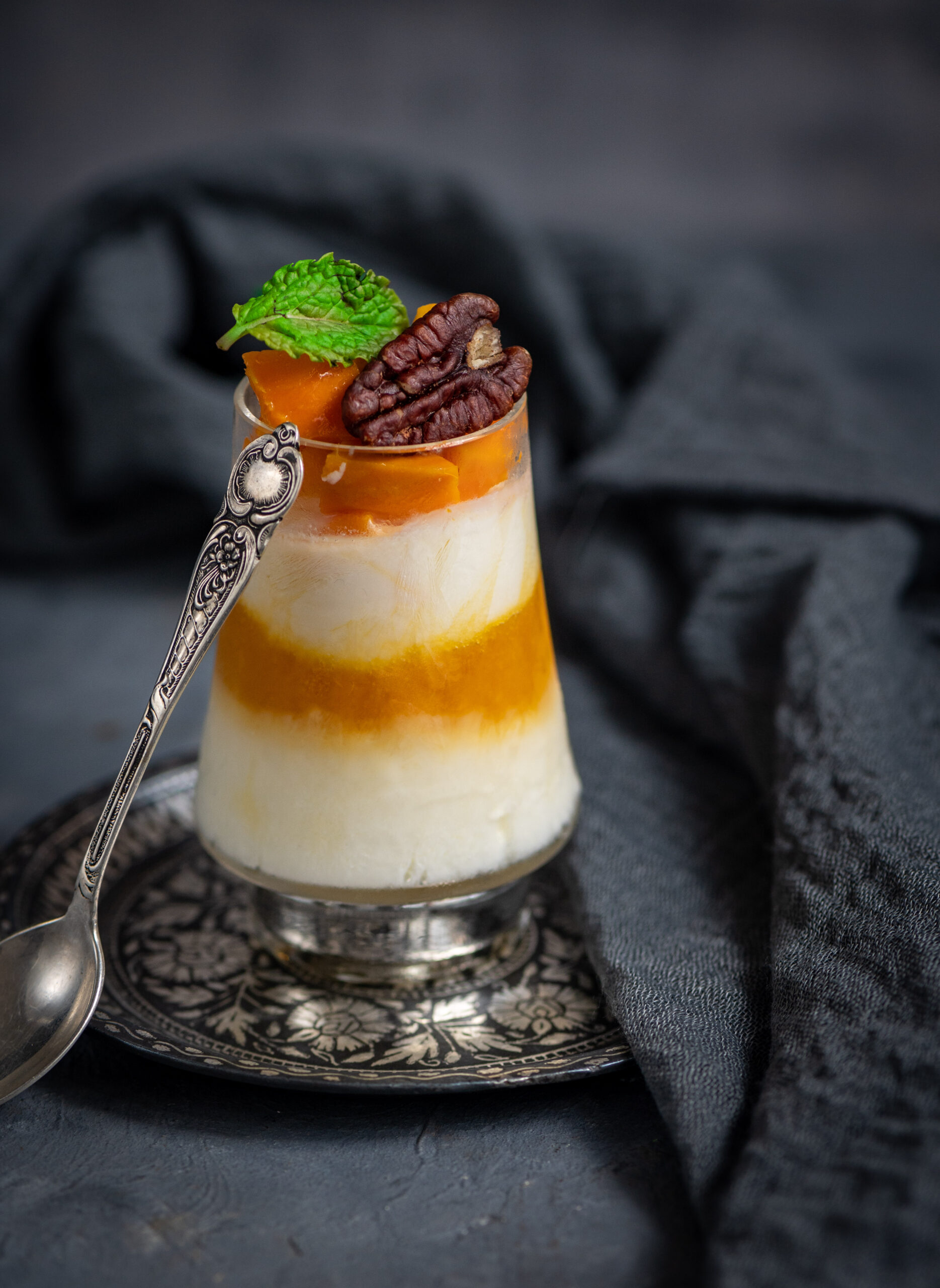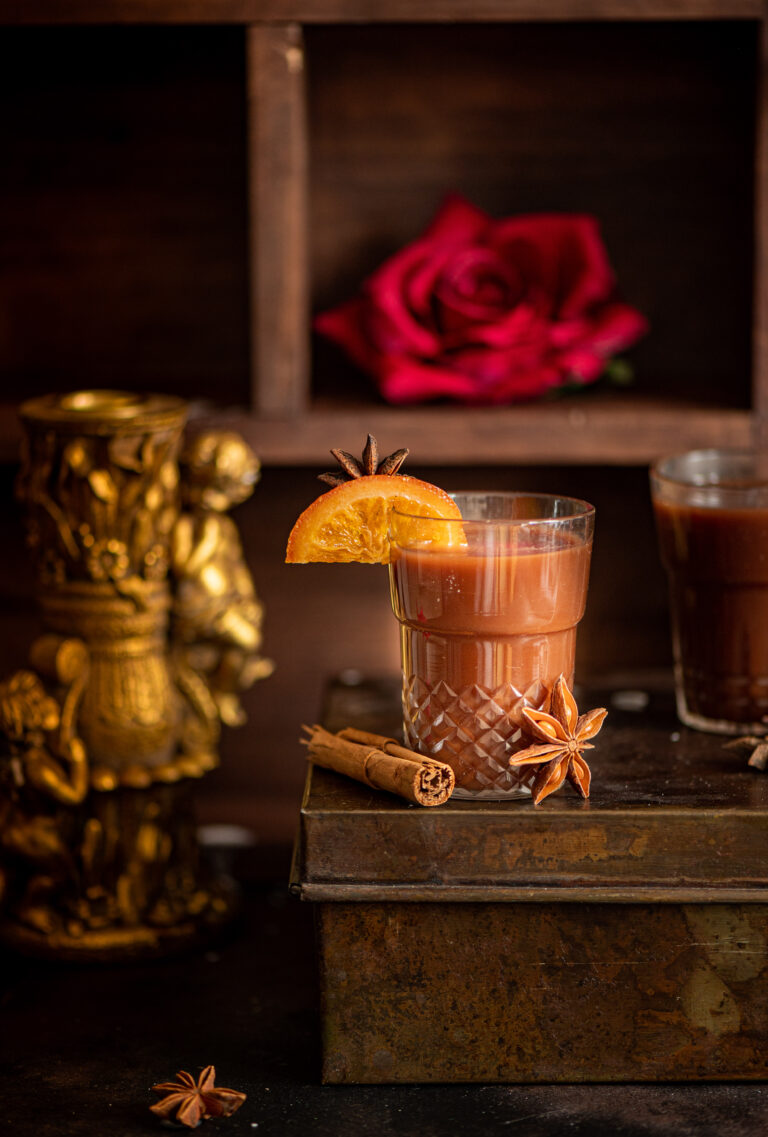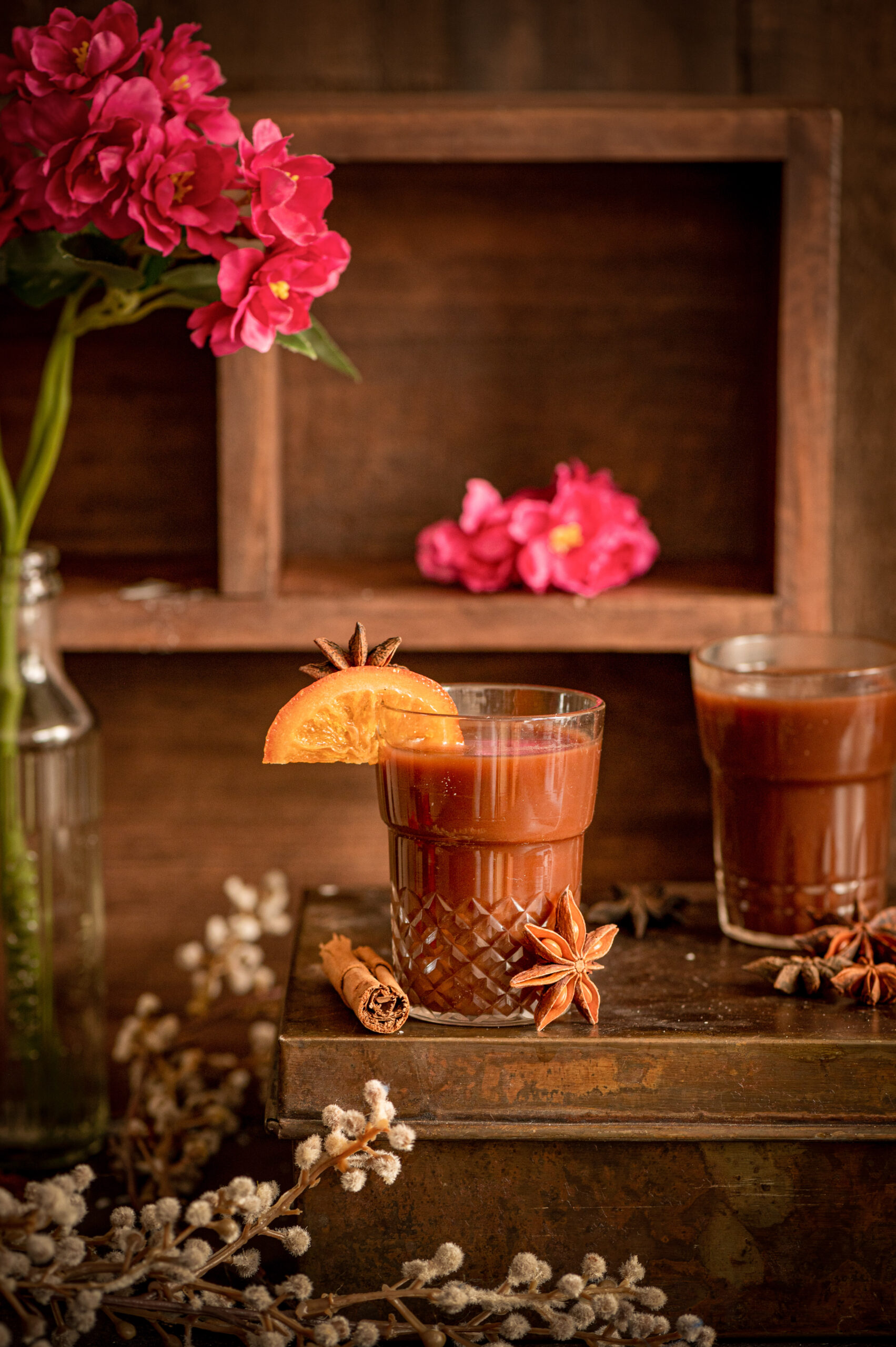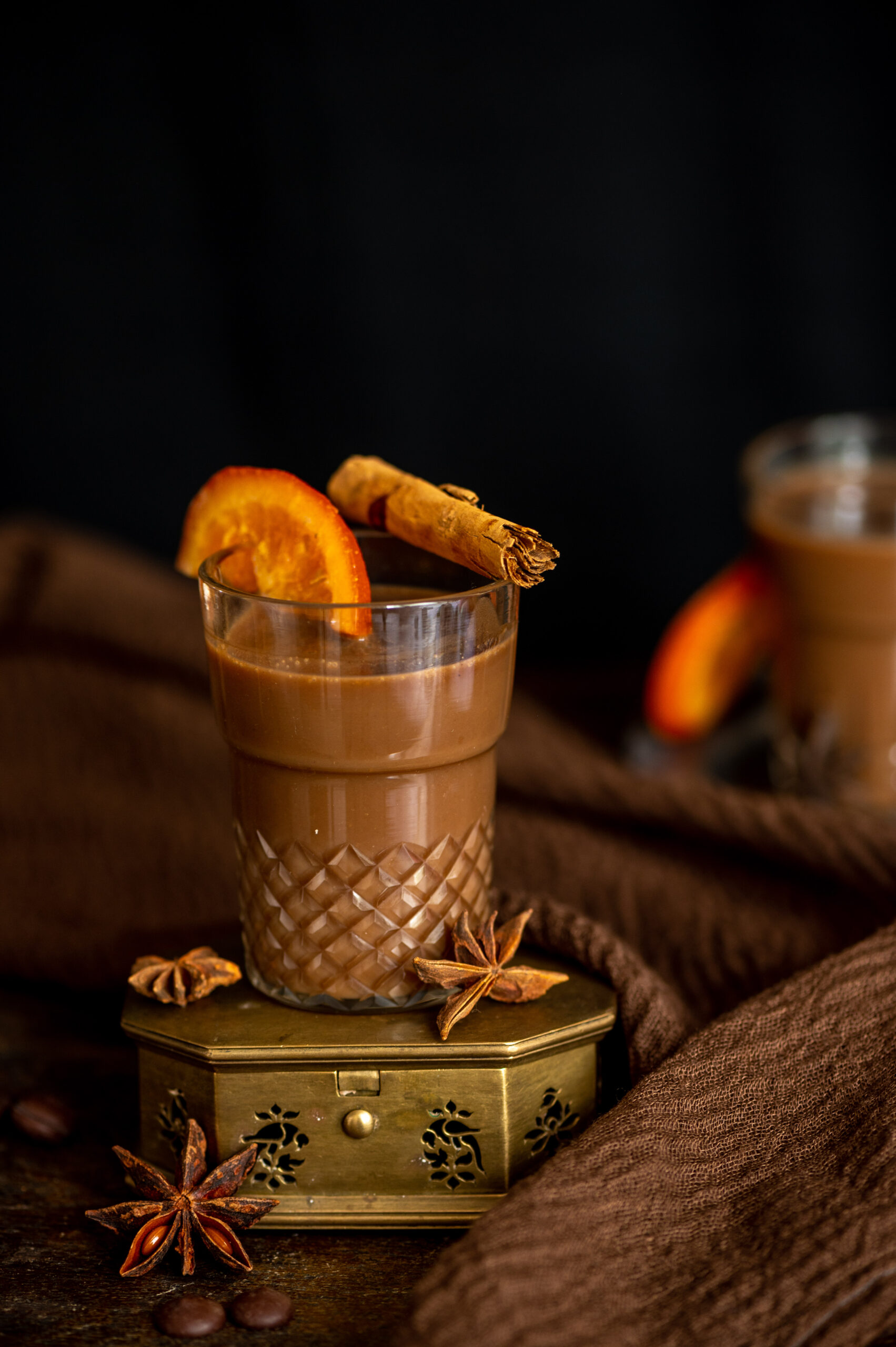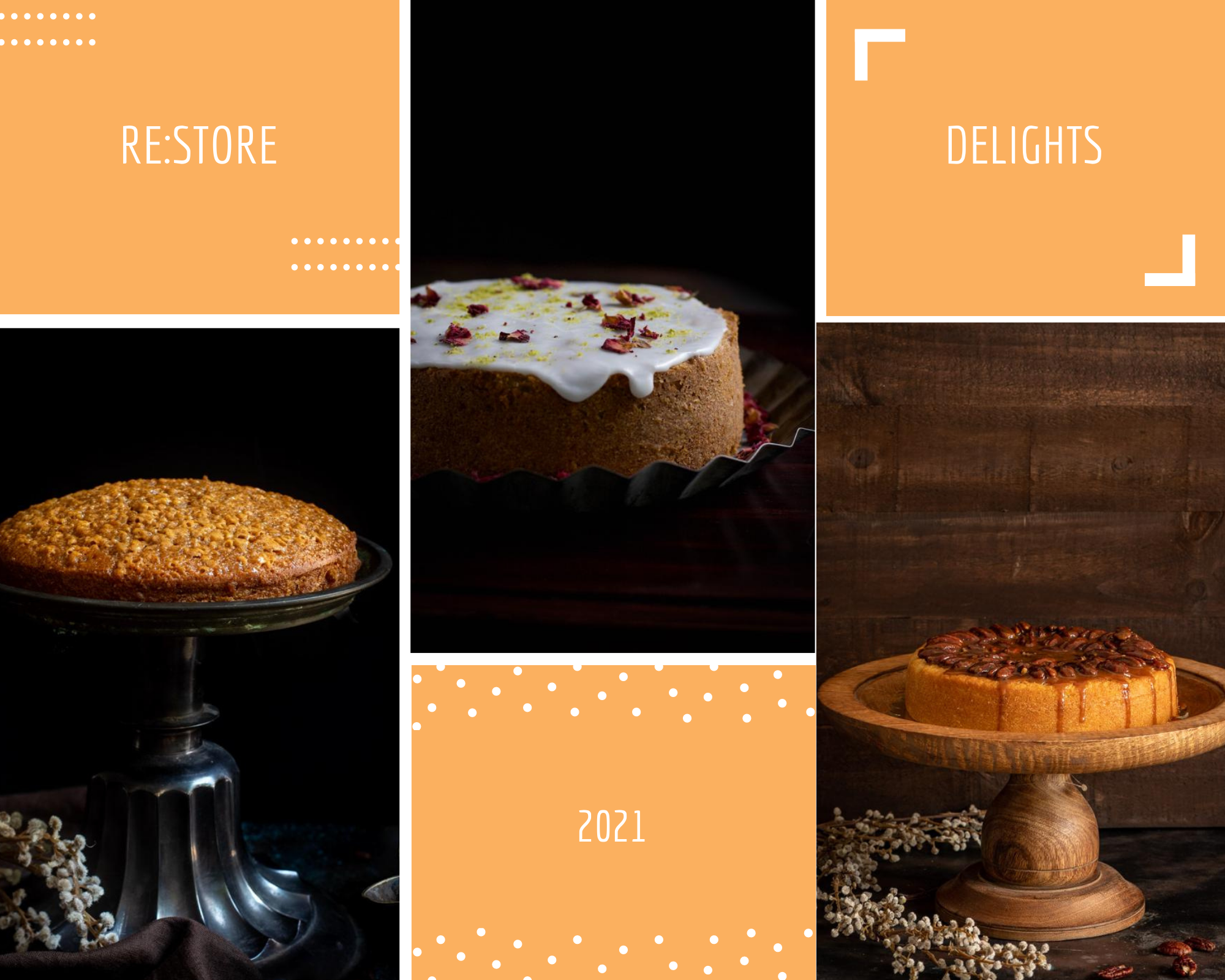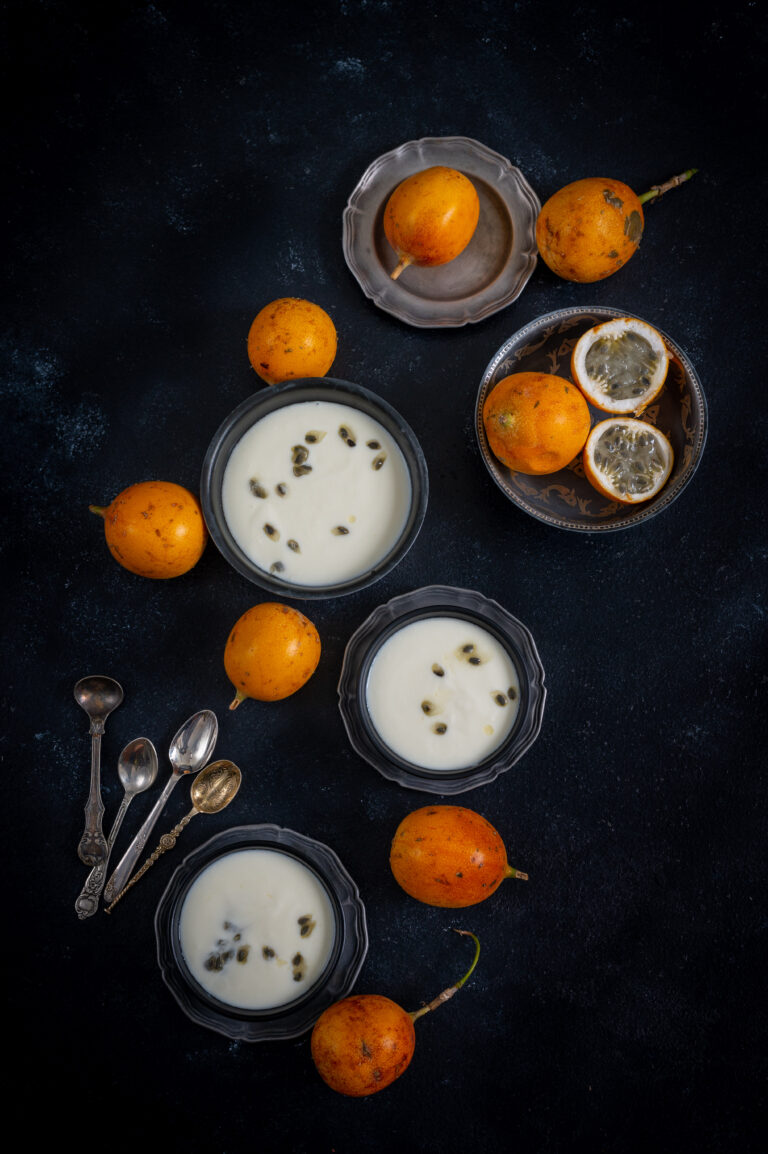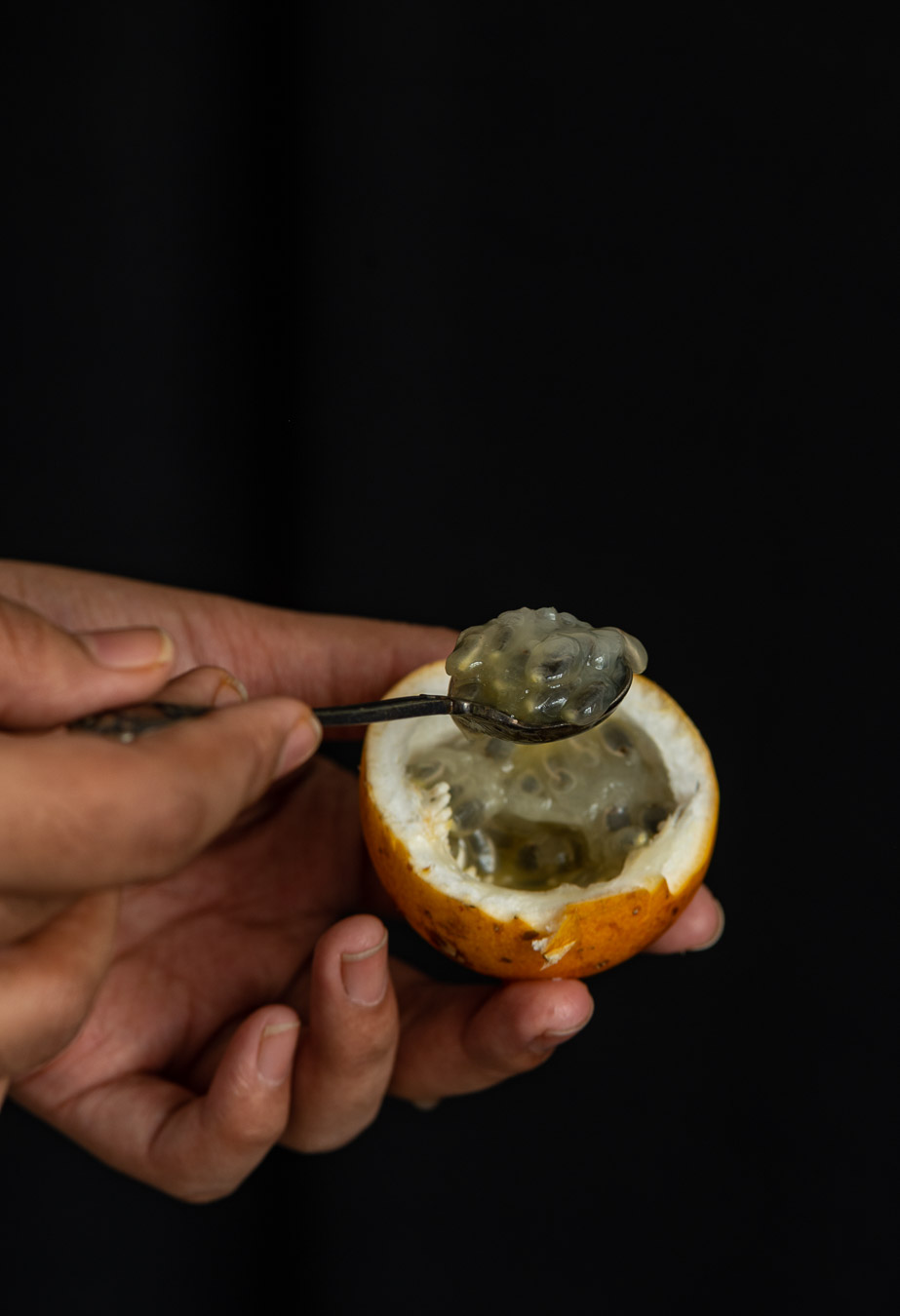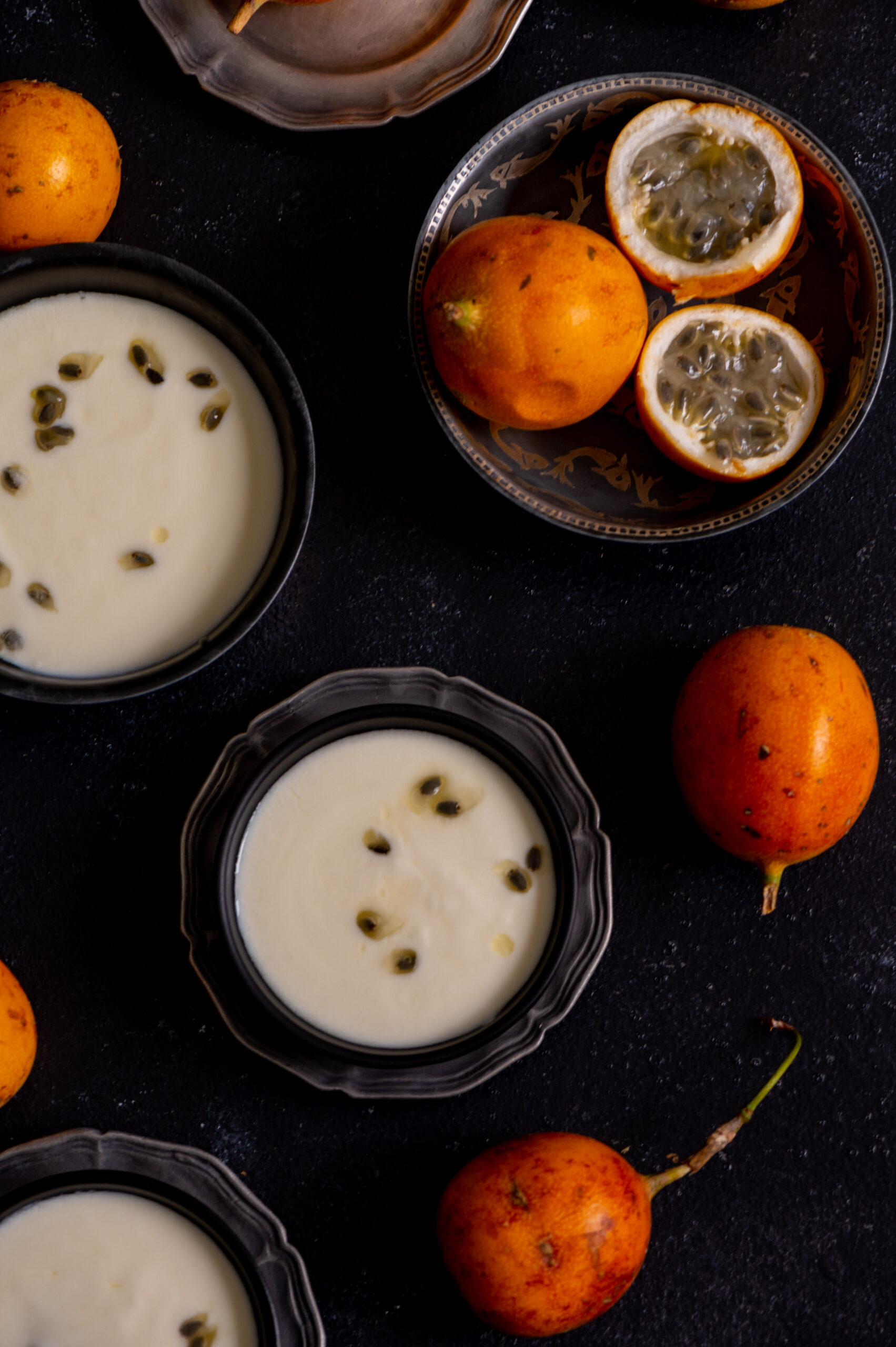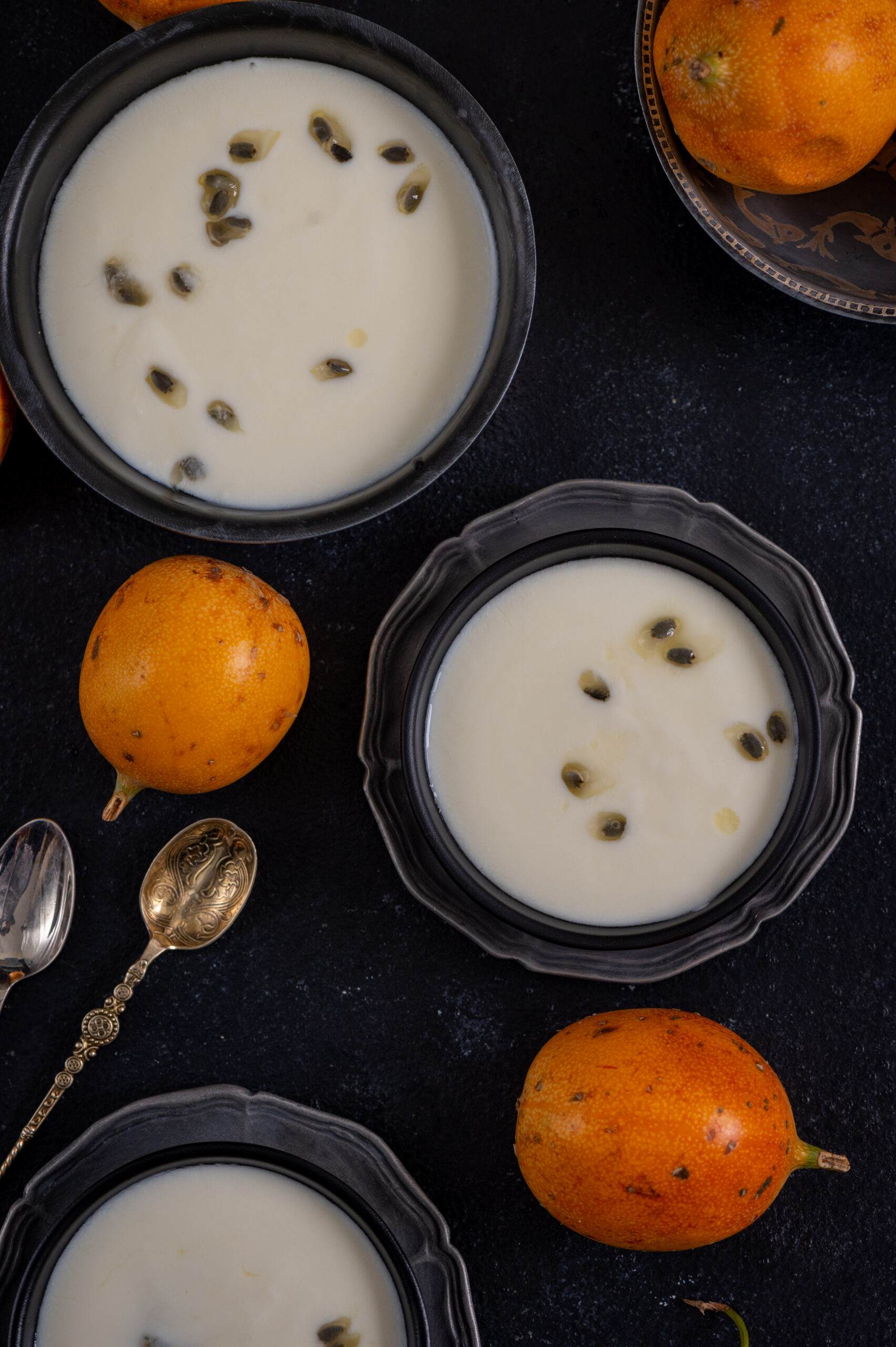There is an abundance – maybe even an overdose! – of coconuts in my garden, as I have shared many times before. There are so many recipes on this blog that attest to this. From coconut oil (which I’ve made this year too, making use of the intense summer sun) to coconut pudding to coconut stew to coconut podi to rose-coconut kheer… and the list goes on. As much as we love the ingredient at home, we sometimes have so much of it that we don’t know what to do with it. Coconut milk is especially crucial to utilise soon, as it can go bad quickly. The need to use up a big, fresh batch, especially given the effort of straining it, was what gave me the idea for today’s post: coconut cupcakes.
But really, far from just being a way to make sure that an ingredient doesn’t spoil, these cupcakes are quite a treat in and of themselves. A note for my vegan readers: while yummy coconut milk is used in lieu of dairy, this is not an eggless recipe. For you, I recommend that you check out my vegan lavender cake recipe. If you’ve had some practice with baking, you should be able to put the two recipes together and tweak as needed so that you can prepare this coconut cupcake the vegan way.
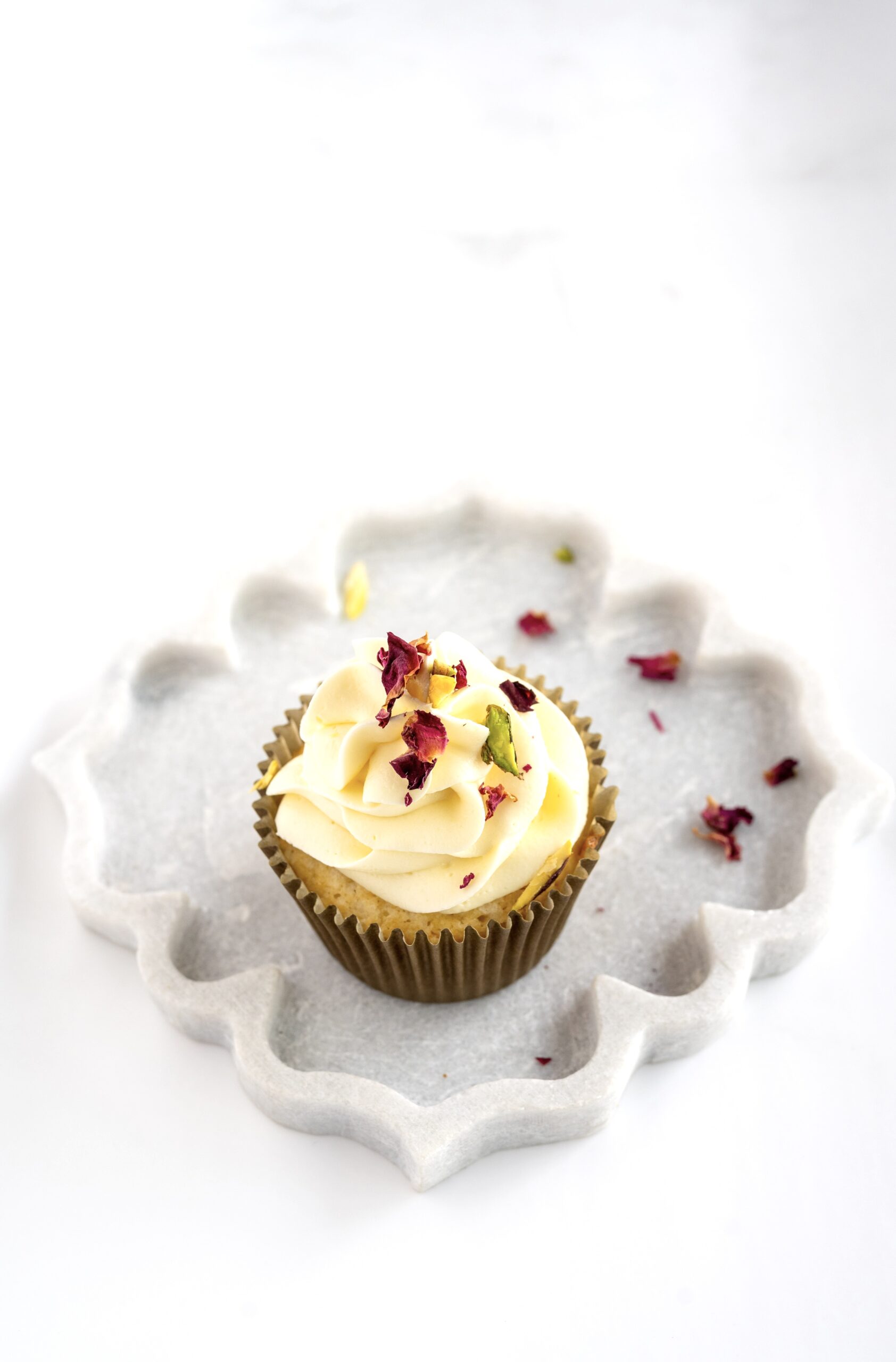
If you are a first-time baker, I would suggest that you familiarise yourself with this recipe for citrus bundt cake first, which has an introductory guide for beginners. Assuming that you have the basics in place, here are a few more simple tips as general reminders.
Firstly, a pretty simple one: prepare the trays and line them while the oven is preheating to save time later.
Now, for some serious techniques and tricks… I’ve heard many people complain that the cupcake liner opens up during the baking process. I bake pretty much daily, especially for re:store orders, so I have confidence that mine won’t. Perhaps that confidence aka positive thinking goes a long way, but I feel that way in the first place because I’ve mastered the secret: too much butter or fat is what causes the liner to open up. Be careful about following quantities in a recipe to a tee, and this won’t happen.
As for that dome that forms on top of cupcakes sometimes, this can be avoided if you fill only 2⁄3 of the liner with batter.
To go back to the subject of ingredients: ensure that they are all at room temperature when you start, so that they bake evenly.
Even though you only ice a cupcake after it has completely cooled, I’ve found that it makes sense to prepare the icing while the trays are in the oven. The secret to smooth, silky icing relies on two things: you must sift the icing sugar first (do this for cocoa powder too, for other baked goods that have it). and you must beat the butter until it’s fluffy. These two factors – sifting and beating properly – make all the difference in the final texture of the icing.
Before we move on to the recipe and method for these coconut cupcakes, I want to invite you to check out and follow my Instagram, if you haven’t already. I’ve recently started sharing reels, in order to keep up with the latest trends on the platform. I have even attended a class to learn how to do this. While I’m confident with photography and the camera, the process for videos is very different. I hope you like the reels I’ve been sharing, including one of this recipe. Please give me your suggestions on how to make them better, and as always, do drop me a comment if you enjoyed this recipe or any other. I love hearing from you!
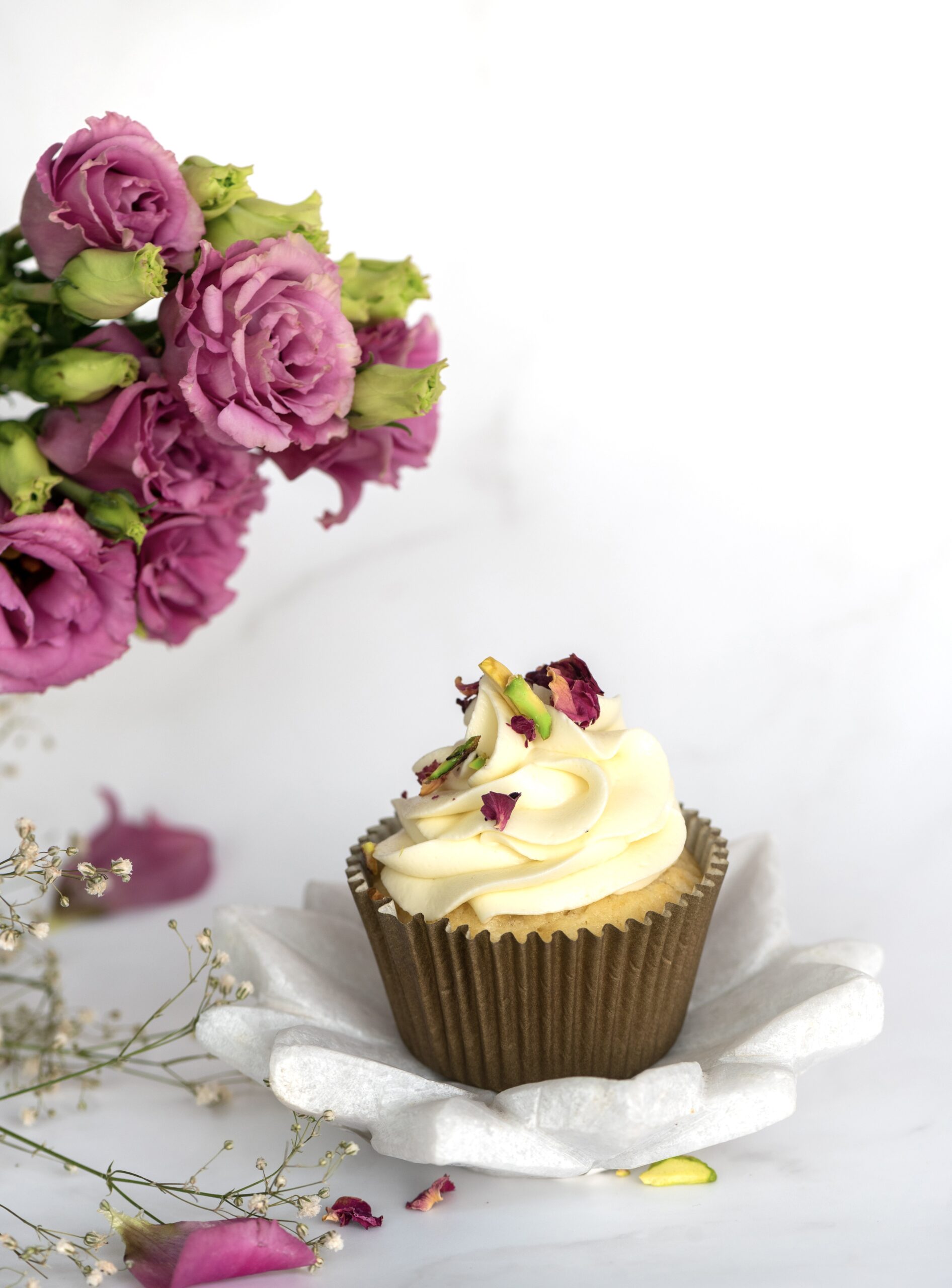
Coconut Cupcakes
(Yield: One dozen)
Cupcake
175 grams flour
120 grams unsalted butter (room temperature)
1 teaspoon baking powder
¼ teaspoon salt
2 eggs
½ teaspoon vanilla extract
190 grams granulated sugar
120 ml coconut milk
½ cup shredded coconut
Butter Frosting
4-5 cups icing sugar (sifted)
1 cup unsalted butter
A pinch of salt
Fresh cream (as required)
¼ teaspoon vanilla extract
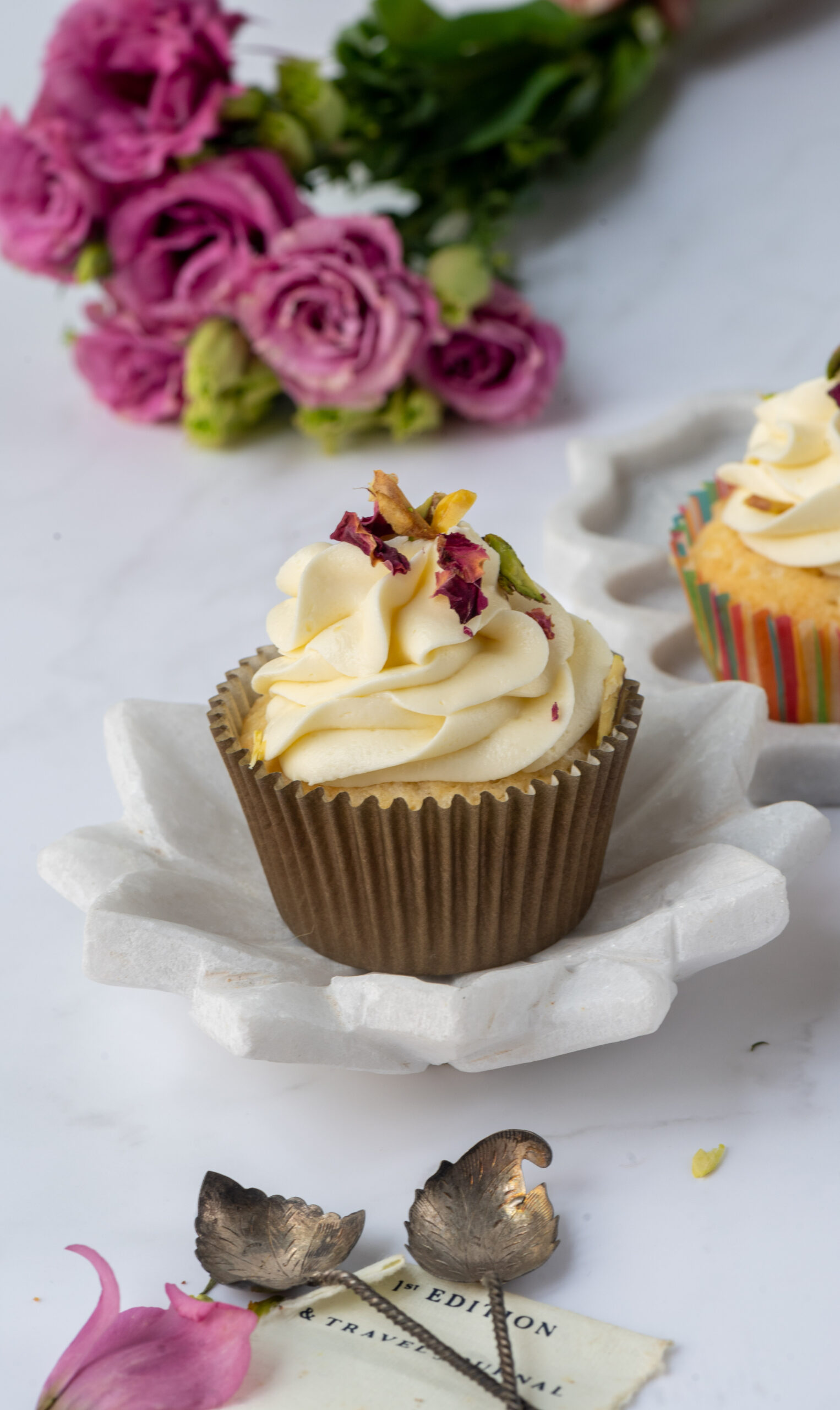
Preheat the oven to 160°. Line a cupcake pan with liners. Set aside.
Sift the dry ingredients (the salt, flour and baking powder) and set aside.
In a mixing bowl, add the butter and beat it until it is light and fluffy. Then, add the sugar and beat again. Scrape down the sides of the bowl, making sure the mixture has been well beaten for about 3 minutes.
Add the eggs one at a time, beating between each addition.
Add the dry ingredients and the wet ingredients one by one alternately, mixing only until combined.
Finally, add the shredded coconut to the batter, and use a spatula to bring all the ingredients together.
Using a scoop, divide the batter into the liners. Bake for 15 minutes or until a toothpick comes out clean.
Allow to cool in the pan for 5 minutes and then remove gently onto a wire rack.
To prepare the butter icing, beat the butter and the salt well with an electric blender. Add half the icing sugar and beat again, then add the remainder. When using the electric blender, ensure the sugar doesn’t fly out of the bowl.
Add the cream, in your preferred quantity, and ensure that the butter cream is at a consistency that is thick enough to pipe.
Pipe the icing onto the cupcakes, and garnish as you’d like before serving. Then, all the work of baking and icing done, there is nought to do but to enjoy watching these delicious coconut cupcakes disappear – which they do quite quickly in my home, and most likely in yours too – and make sure that you grab one for yourself before they do!

